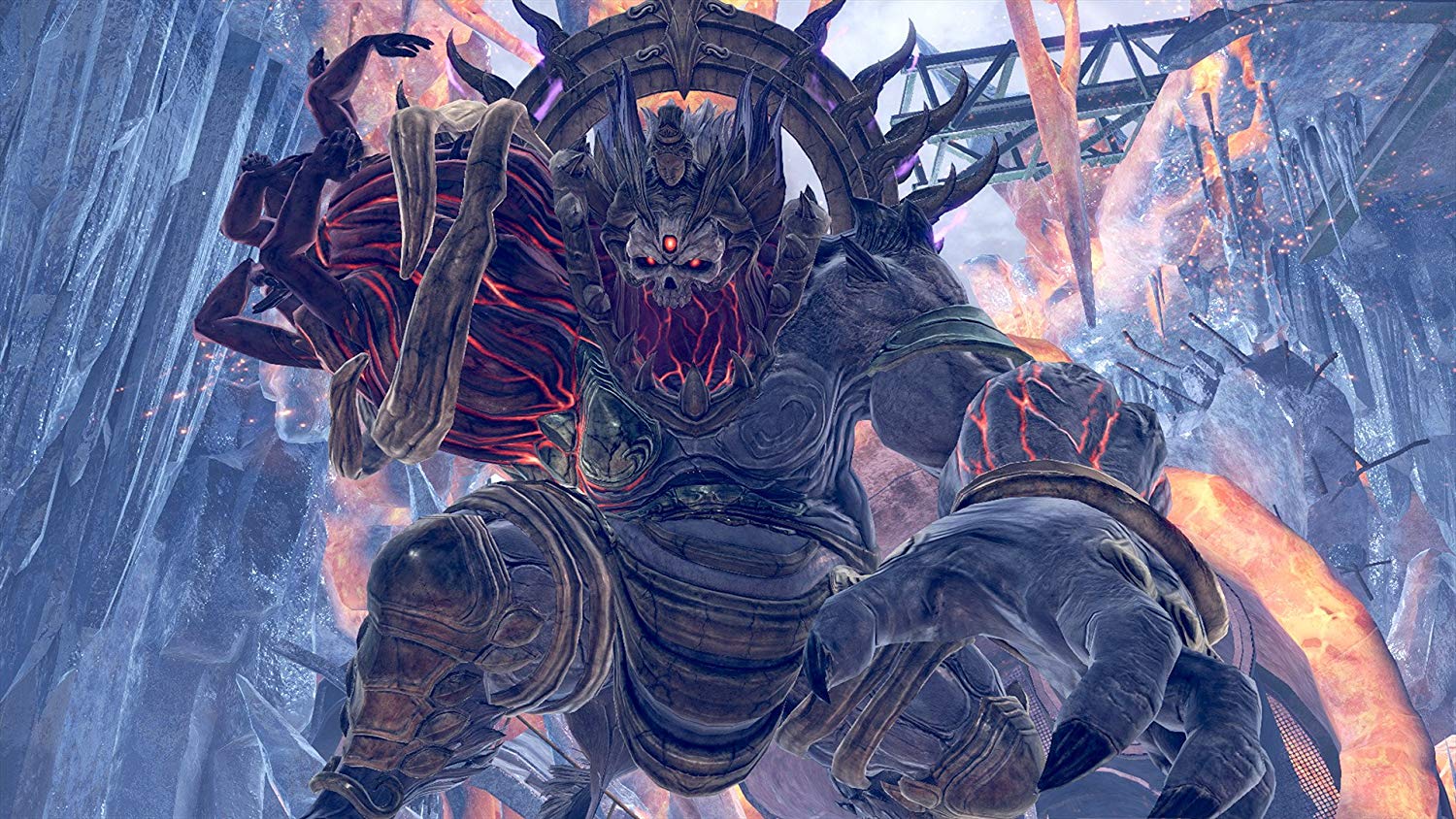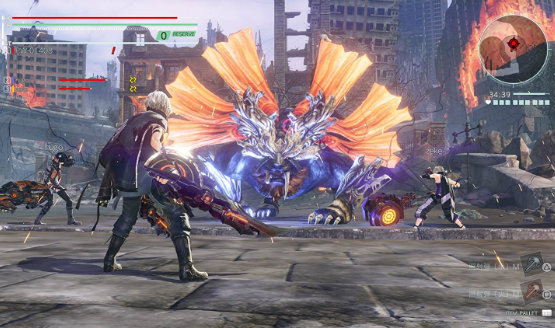The God Eater series emerged as a derivative of Monster Hunter in the late 2000s, when Capcom’s portable behemoth took control of the gaming scene in Japan. It has since taken off as its own viable niche multimedia franchise, and after a couple remakes of the first two games, we’ve finally arrived at number three. This time not only has the PlayStation Vita been left behind, but Bandai Namco put a new developer on the project, namely Marvelous. The end result isn’t a huge difference, with improvements and additions being layered on top of what was already God Eater. However, this game certainly feels like an intended new starting point, with the previous mythology being in place for the hardcore fans, but enough of a (literal) scorched Earth for newcomers to give it a whirl. The end result is just as confusing and unwieldy as “anime Monster Hunter” sounds on paper, but the high-octane approach to this genre is just as much a welcome change of pace as it ever has been.
Ashes to Ashes
If you aren’t familiar with God Eater, it’s a Monster Hunter-like game in which a group of human-sized players take on building-sized enemies in harrowing wars of attrition. Defeating those enemies wield parts, crafting materials that lead to upgrades and new equipment loadouts. Here, the experience is wrapped in a post-apocalyptic, sci-fi setting, in which god-like creatures called Aragami have all but wiped out humanity entirely. In God Eater 3, the stakes have been upped yet again, as a new type of Aragami (Ash) has appeared, wreaking further havoc on an already desolate world. With the new enemies come new ways to fight them, and therein lies God Eater 3’s central drama.
Fenrir, the resistance force of the previous titles, seems to have been wiped out by the spread of “Ash,” a new disaster that not only has spawned new Aragami, but also made parts of the planet uninhabitable. Remaining survivors are now living underground, while life is sustained via exploratory supply runs. Running through this true last stand of humanity is a dark undercurrent of human experimentation, which produced “Adaptive God Eaters,” more powerful versions of people who can fight Aragami, now biologically engineered to withstand the “Ashlands.” Moving the story forward is a societal fear of these “AGEs,” and a small group of them who are attempting to not only survive, but escape their prison-like existence.
The storytelling of God Eater is clearly over the top and extremely anime, if those two introductory grafs are any indication to our readers. Unlike the average Monster Hunter, God Eater games are threaded with cutscenes and voice acting, and God Eater 3 is no different. There’s a huge focus on characters, as the party of AI-controlled AGEs expands over time and we learn more about what is essentially a new species of human that has to contend with being both ostracized from humanity, as well as expected to save it. It’s really hard to follow at first as the game just drops you in without really explaining anything, but the individual personalities are strong enough to carry the narrative’s big ideas, and eventually the jargon and backstory stuff settles down to make room for forward momentum.
Of course, in-between the drama is the good ol’ monster-hunting, and there is more than plenty of that available. Unlike Monster Hunter, God Eater 3 doesn’t necessarily need players to spend so much time preparing for excursions. This game is meant for more bite-sized play sessions, meaning the focus is more on the action. This manifests in a few ways, including a thoroughly complex, combo-based combat system, low maintenance looting and crafting, a permanent squad setup, and more accessible challenge.
Squad Up to Kill Some Gods
Hopping into a mission in God Eater 3 is usually a snappy affair, and can sometimes even be over within seconds earlier on in the game. You aren’t always fighting the big, skyscraping Aragami, and will sometimes be put up against smaller enemies that put up less of a fight. And even when you are fighting the big boys, it never feels like a slog to take them down. God Eater 3 is more about the intensity of a situation, which means you hit hard, and get hit hard. There are also tons of options for mobility, including a new “dash” move introduced in this game that sends you flying through the air on command. Meanwhile the usual kit you’d expect is here, from big, meaty weapon swings to a dedicated dodge button paired with a stamina bar. But compared to Monster Hunter, everything is faster. God Eater has “character action” DNA in its veins, and with the laundry list of abilities at your disposal, keeping a multi-hit combo going while avoiding damage is far more important than landing one, big hit. So while combat doesn’t have that same sense of impact that Monster Hunter does, the tradeoff is speed and a sense of anime-like capability that’s always fun to toy around with.
Because of that speed, scale, and ever-present AI companions, that actually translates to a more manageable difficulty curve that you might expect. Some allies have healing capabilities, and if you get knocked down it’s possible to get revived by your allies so you aren’t forced to respawn. You are penalized when it comes to rewards if you get knocked out, but actually getting to the finishing line is much less of an ordeal than in, again, Monster Hunter. By the time the challenge actually does ramp up, you’ve spent so much time gathering materials, learning the verbs, and getting used to your role as an AGE that it never feels unfair. Having those allies helps, as even when you’re not playing online with friends, your AI companions are surprisingly competent, so you’re never truly alone.
God Eater 3 definitely has a tougher barrier of entry compared to last year’s Monster Hunter: World. Most of that is due to complexity; God Eater 3 has tons of combat mechanics, a weird, jargon-filled narrative, and just generally a lot going on at once. However, it also doesn’t have a lot of the same heavy preparation and survival vibe of Monster Hunter, so it’s really more about mastering the action than micro-managing your inventory and outsmarting behemoths. This is God Eater, after all: you aren’t some explorer injecting themselves into an otherworldly ecosystem, you’re the one fighting for your life against impossible invaders. This is a sprint, not a marathon, and ultimately that makes a world of difference.
God Eater 3 review code provided by publisher. Version 1.00 reviewed on a Standard PS4. For more information on scoring please see our Review Policy here.
-
High-octane pacing sets it apart from its inspiration
-
Complex, but rewarding combat mechanics
-
Fun cast of characters
-
Lots of visual noise can make combat difficult to decipher
-
Plot and world-building stuff is poorly introduced and hard to follow/care about as a result
-
Surprising lack of depth in character customization
God Eater 3 Review 2019
-
God Eater 3 Review 2019 #1
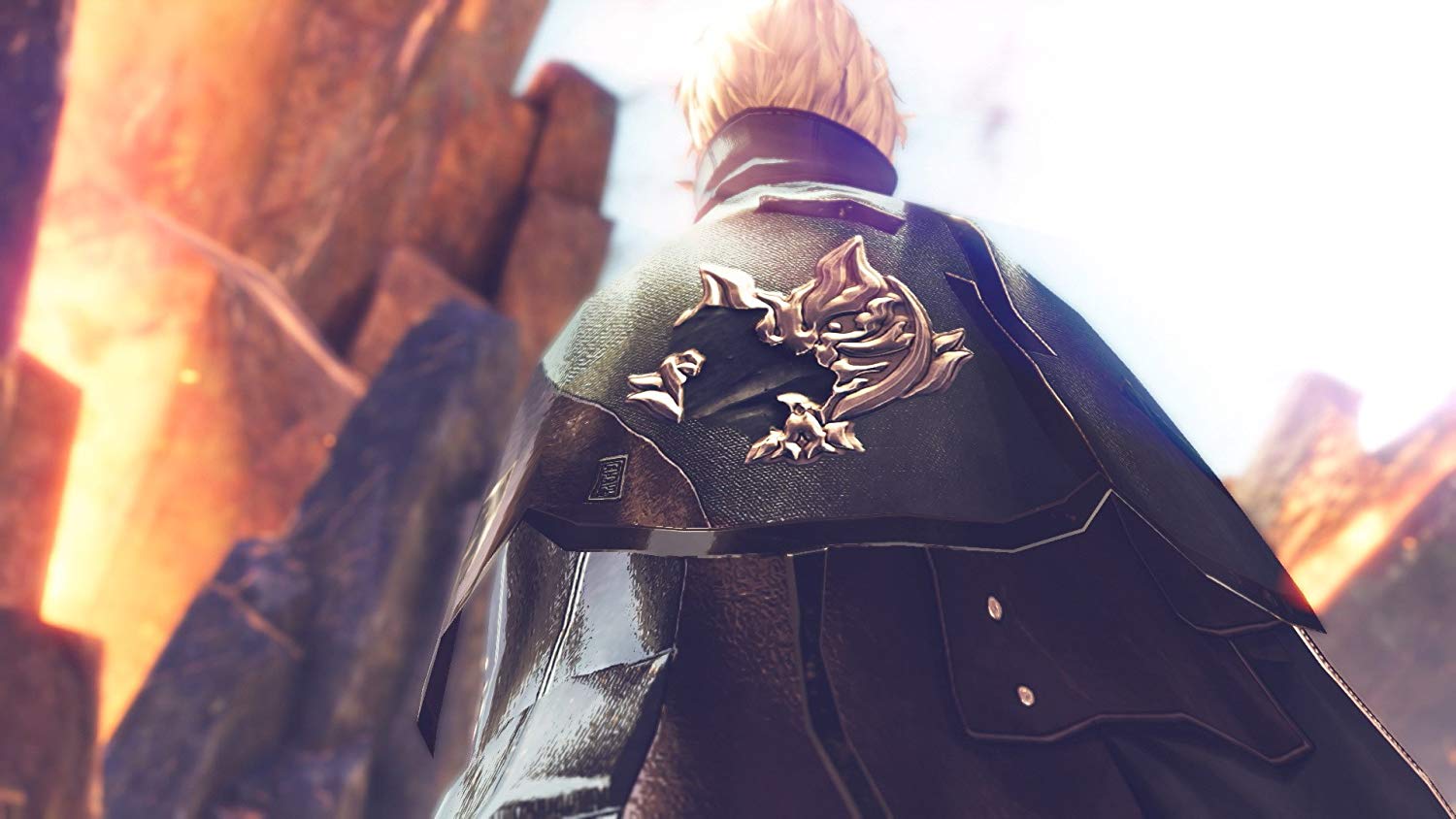
-
God Eater 3 Review 2019 #2
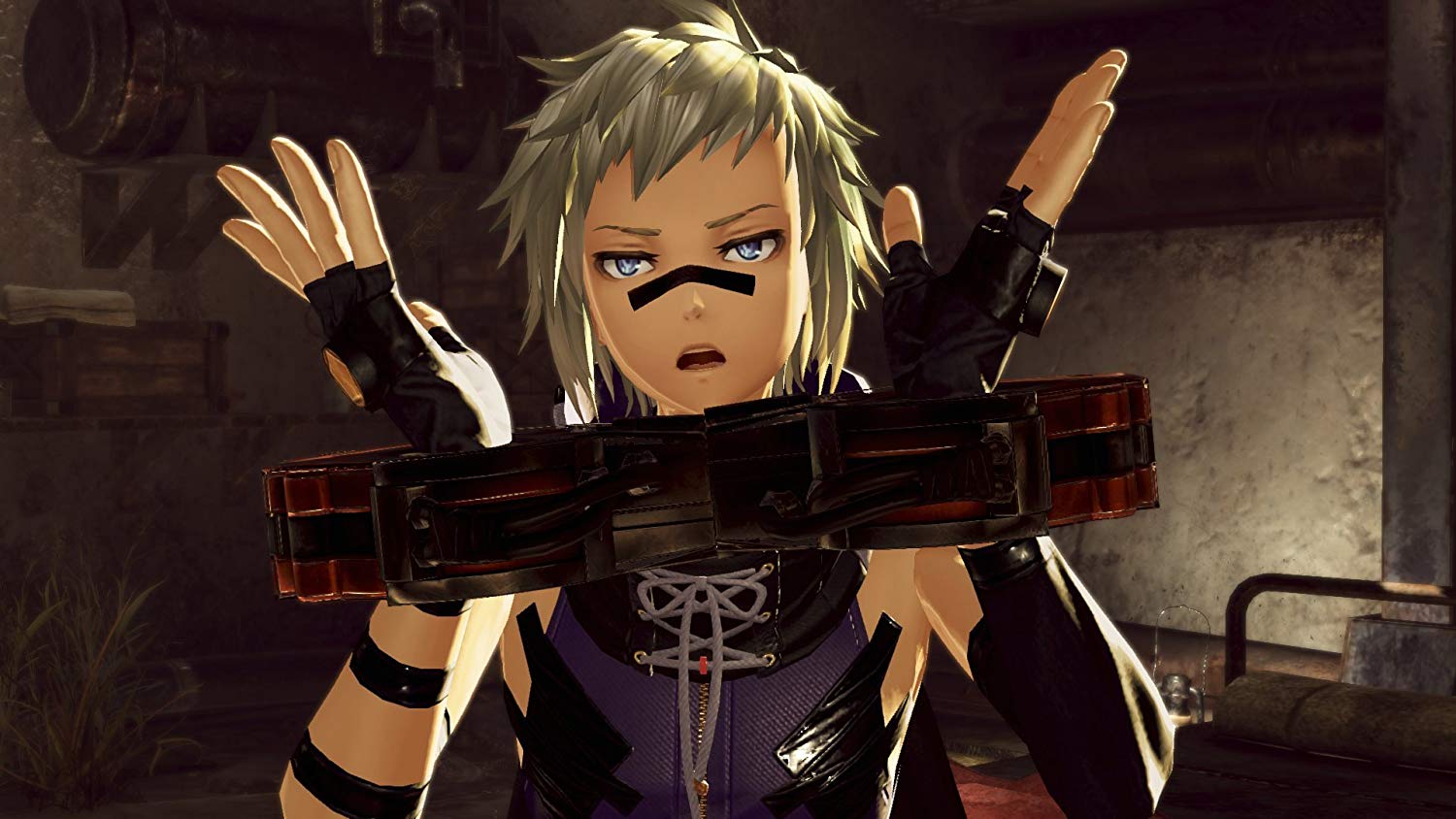
-
God Eater 3 Review 2019 #3
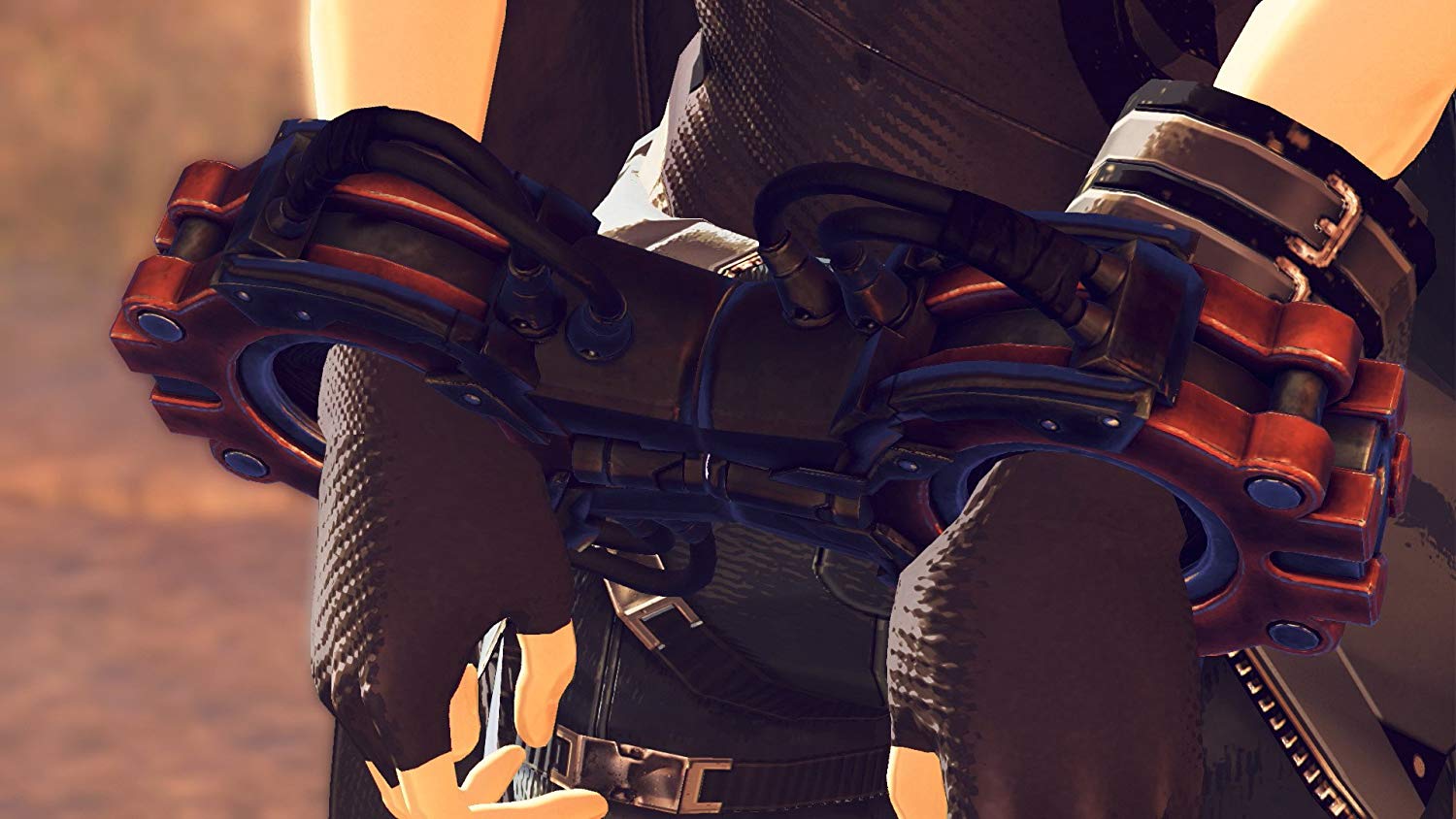
-
God Eater 3 Review 2019 #4
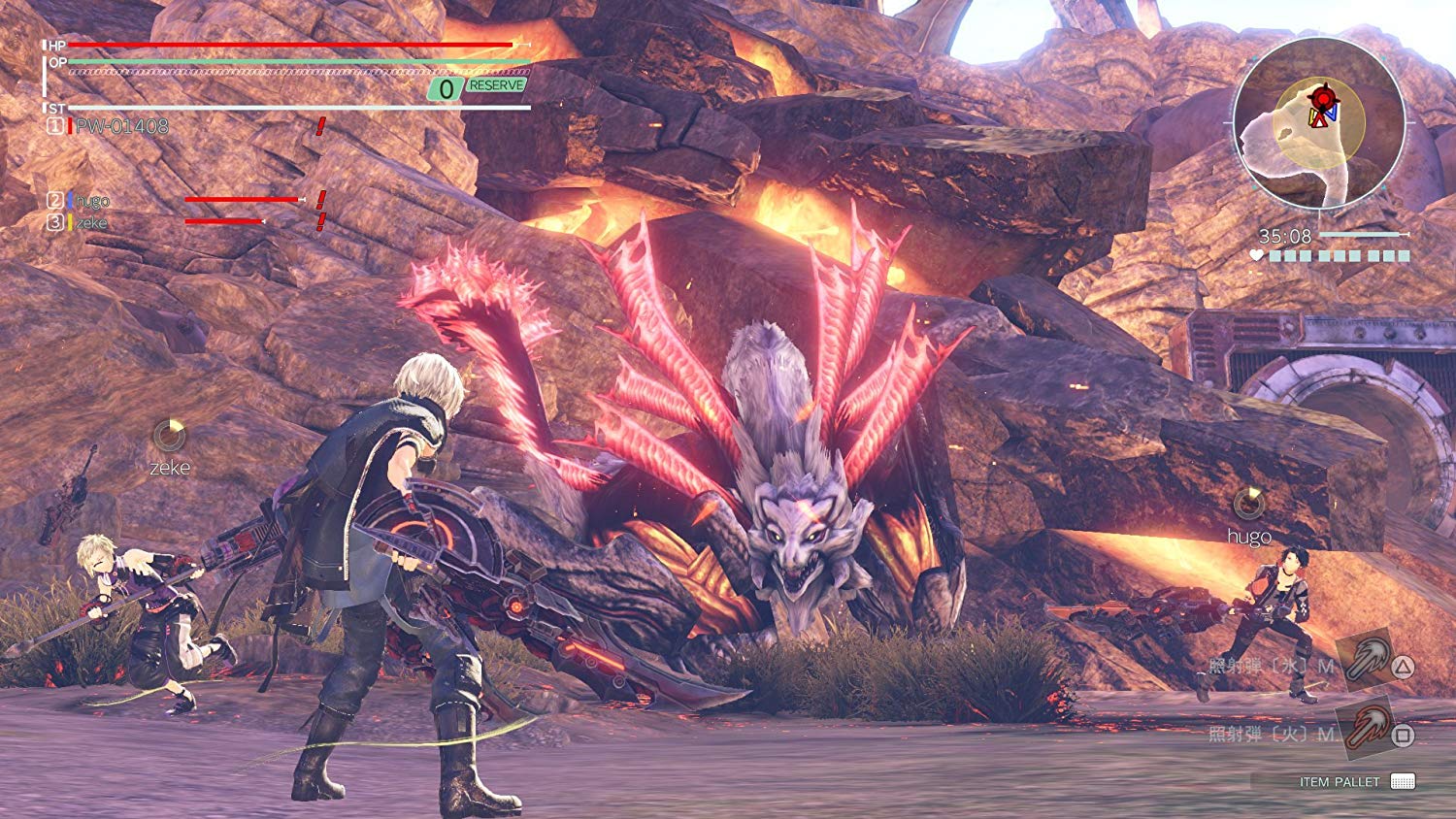
-
God Eater 3 Review 2019 #5
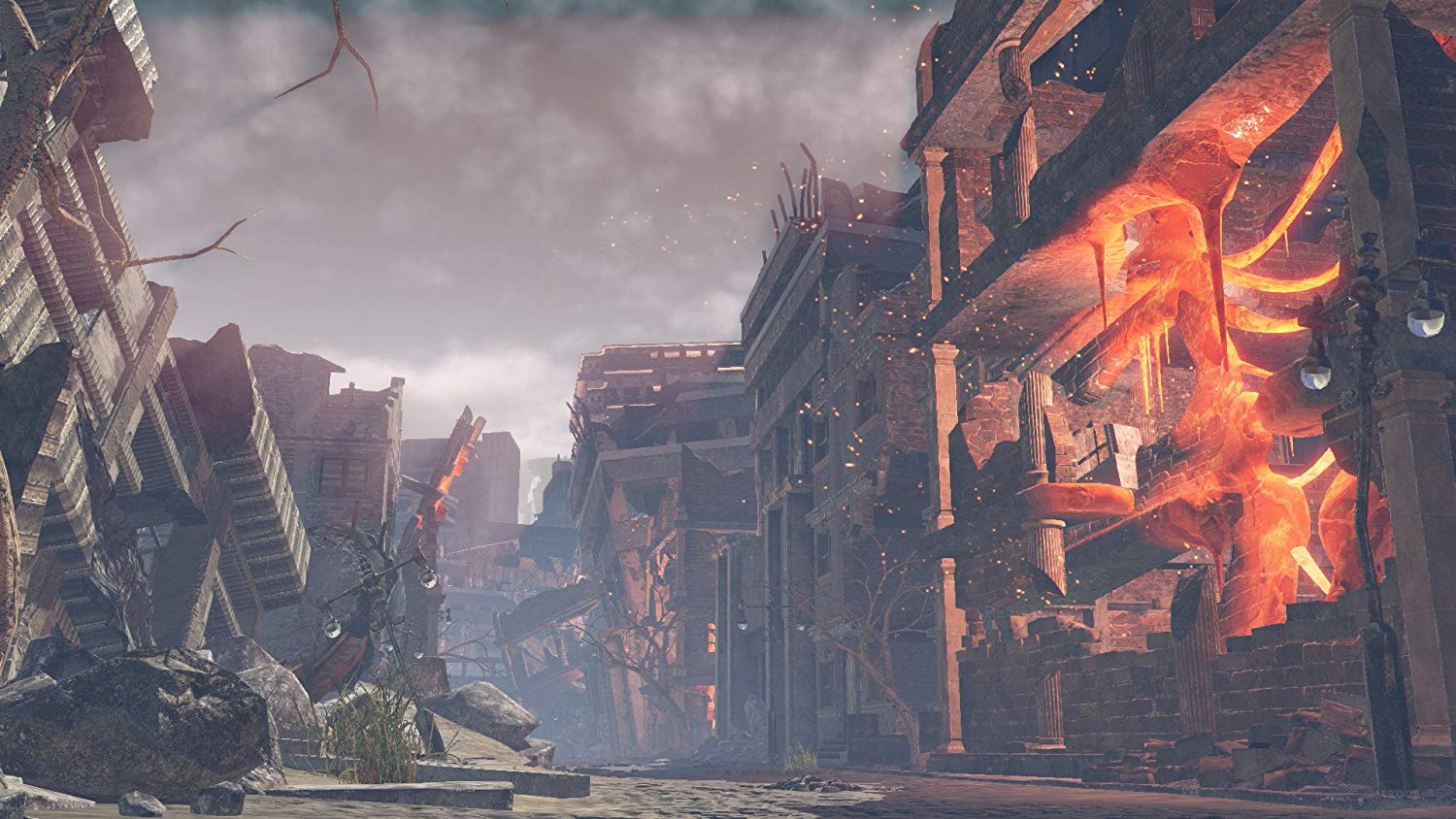
-
God Eater 3 Review 2019 #6
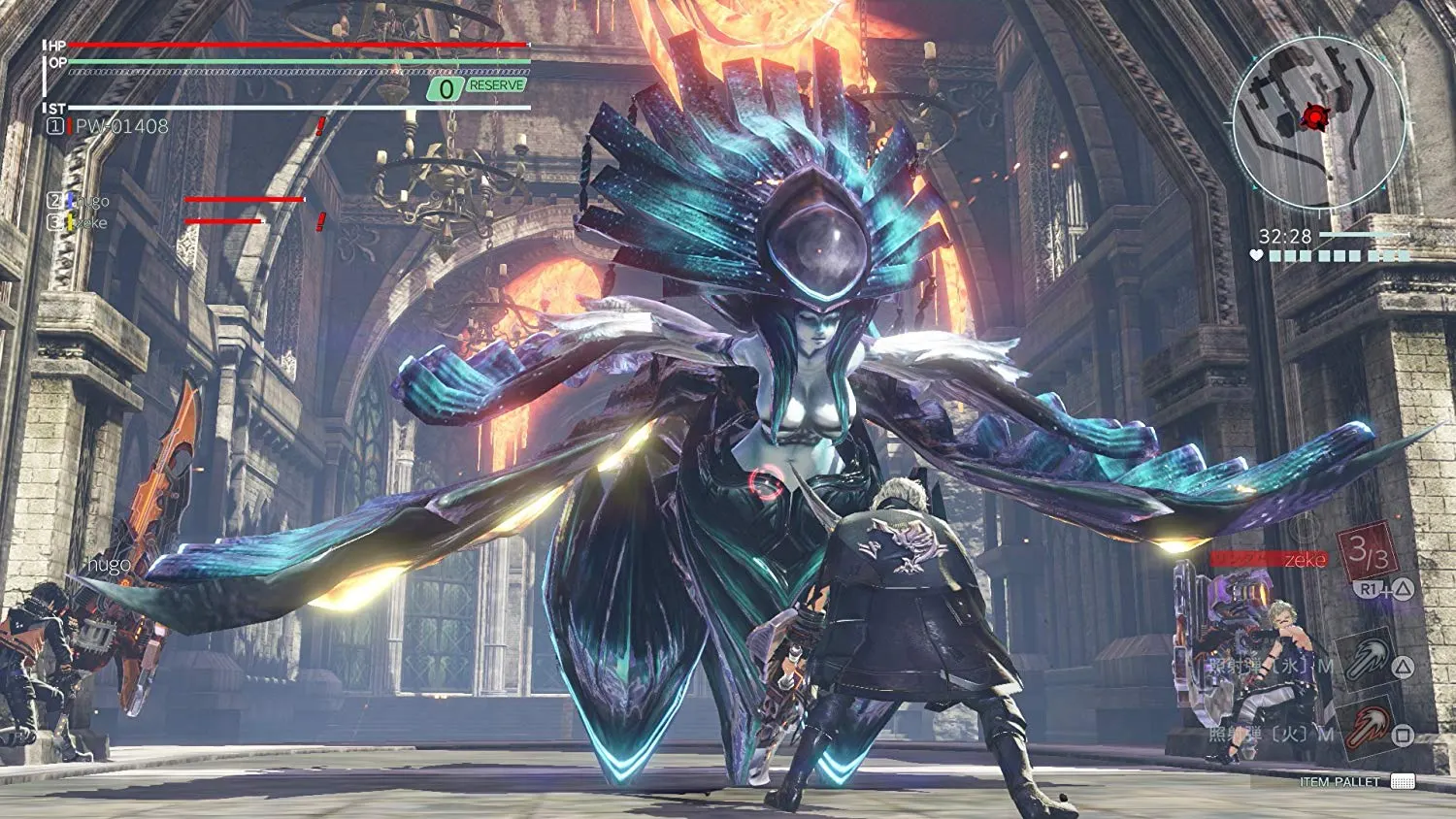
-
God Eater 3 Review 2019 #7
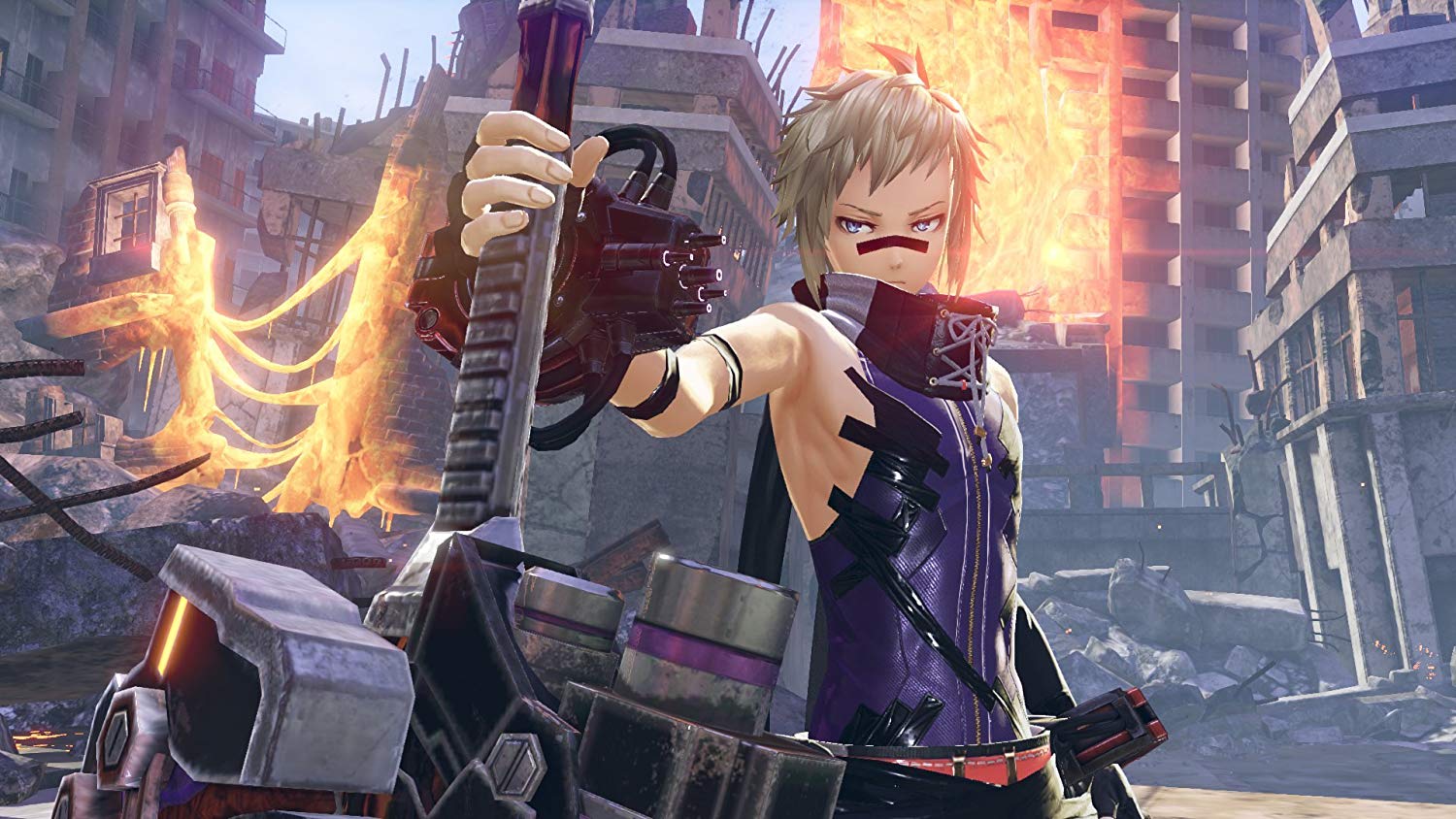
-
God Eater 3 Review 2019 #8
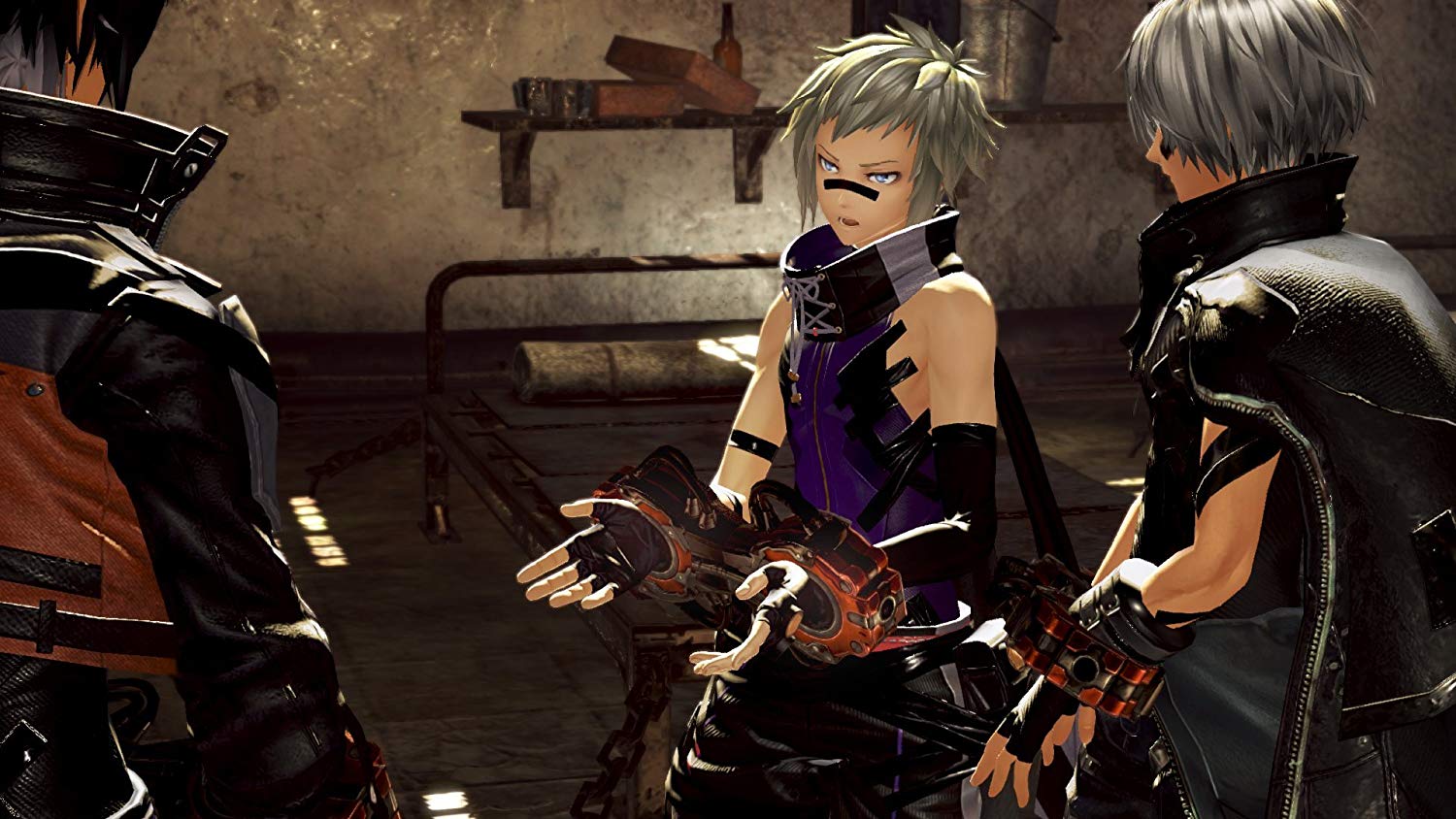
-
God Eater 3 Review 2019 #9

-
God Eater 3 Review 2019 #10
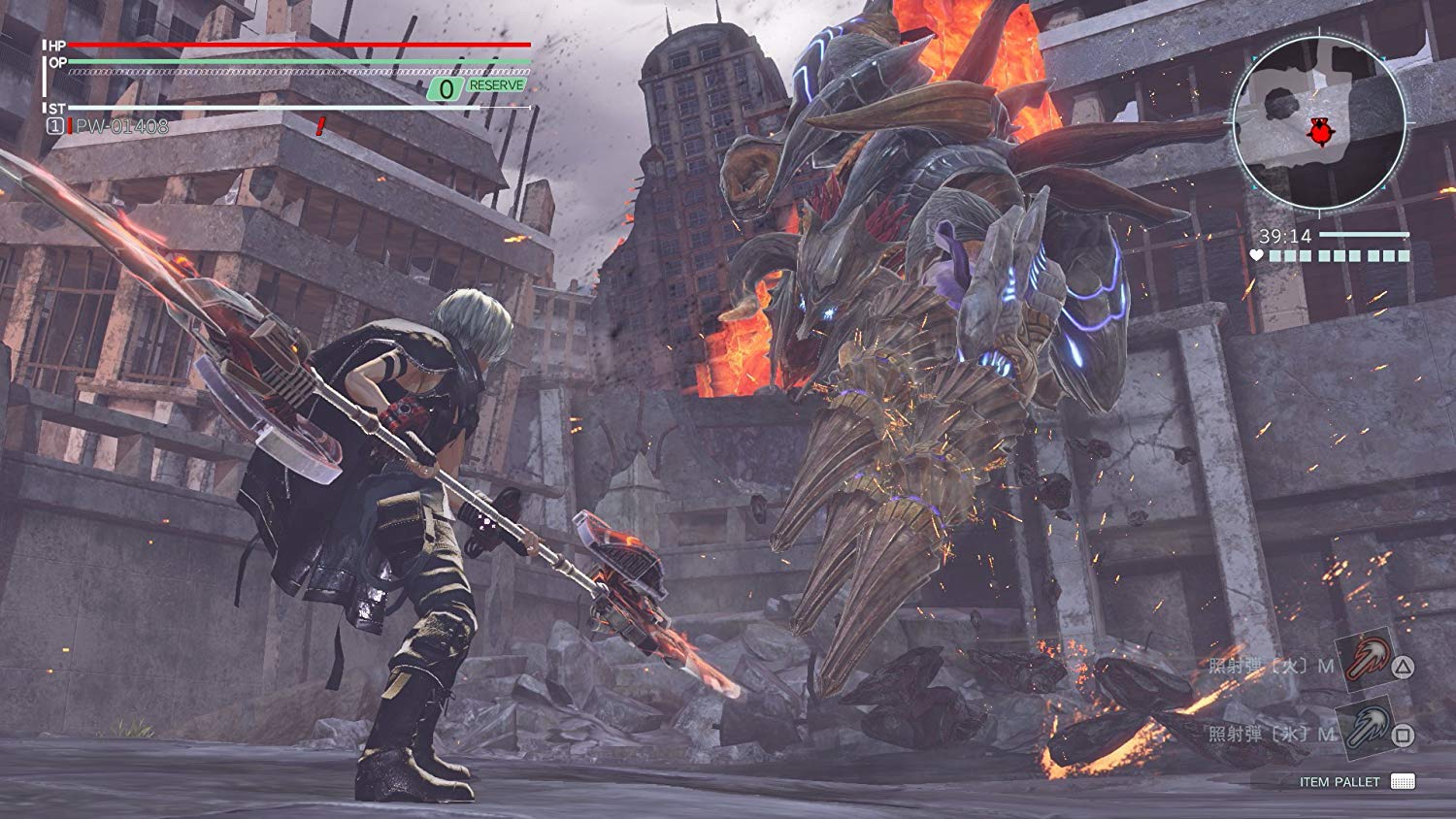
-
God Eater 3 Review 2019 #11
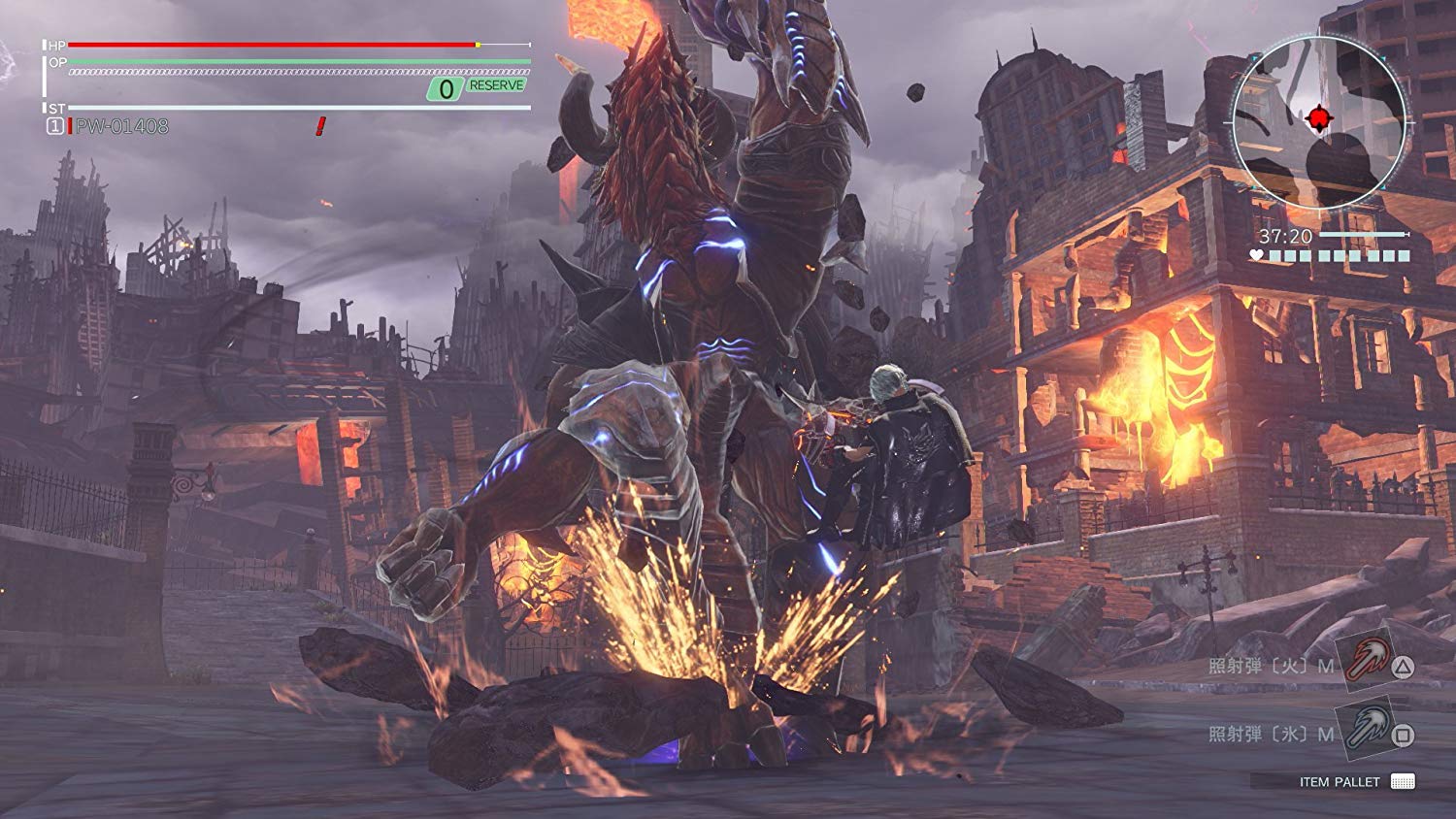
-
God Eater 3 Review 2019 #12
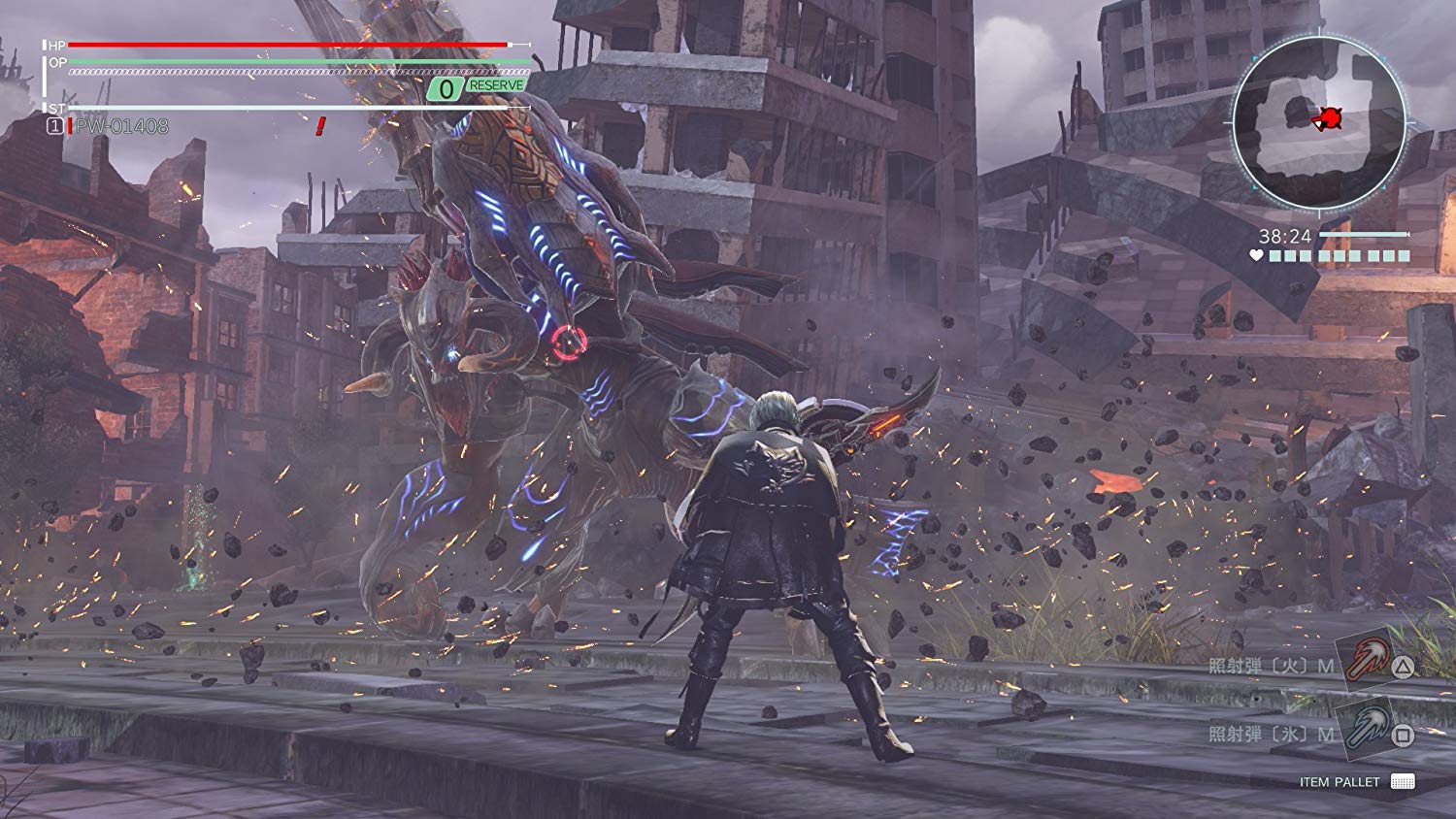
-
God Eater 3 Review 2019 #13
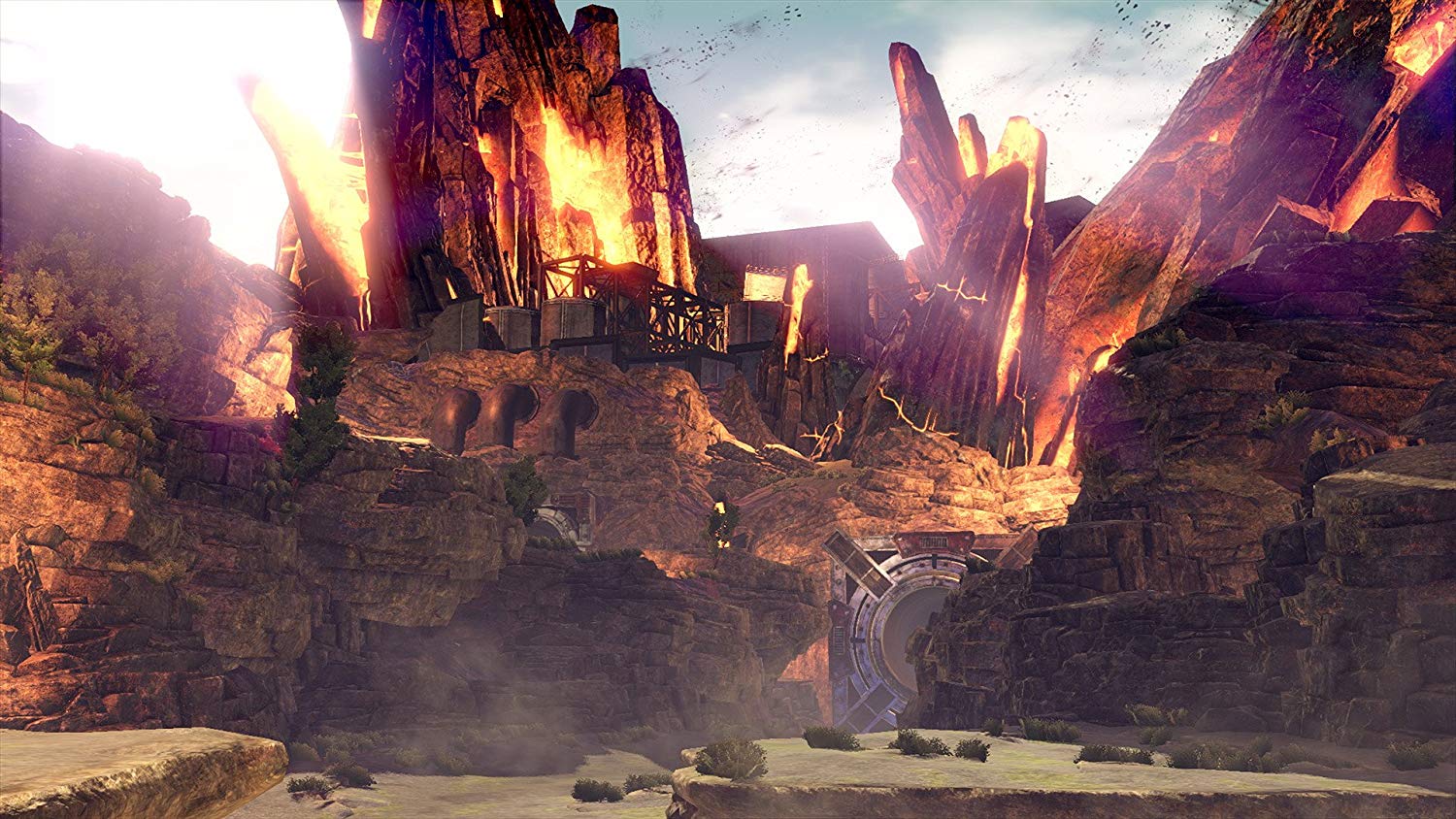
-
God Eater 3 Review 2019 #14
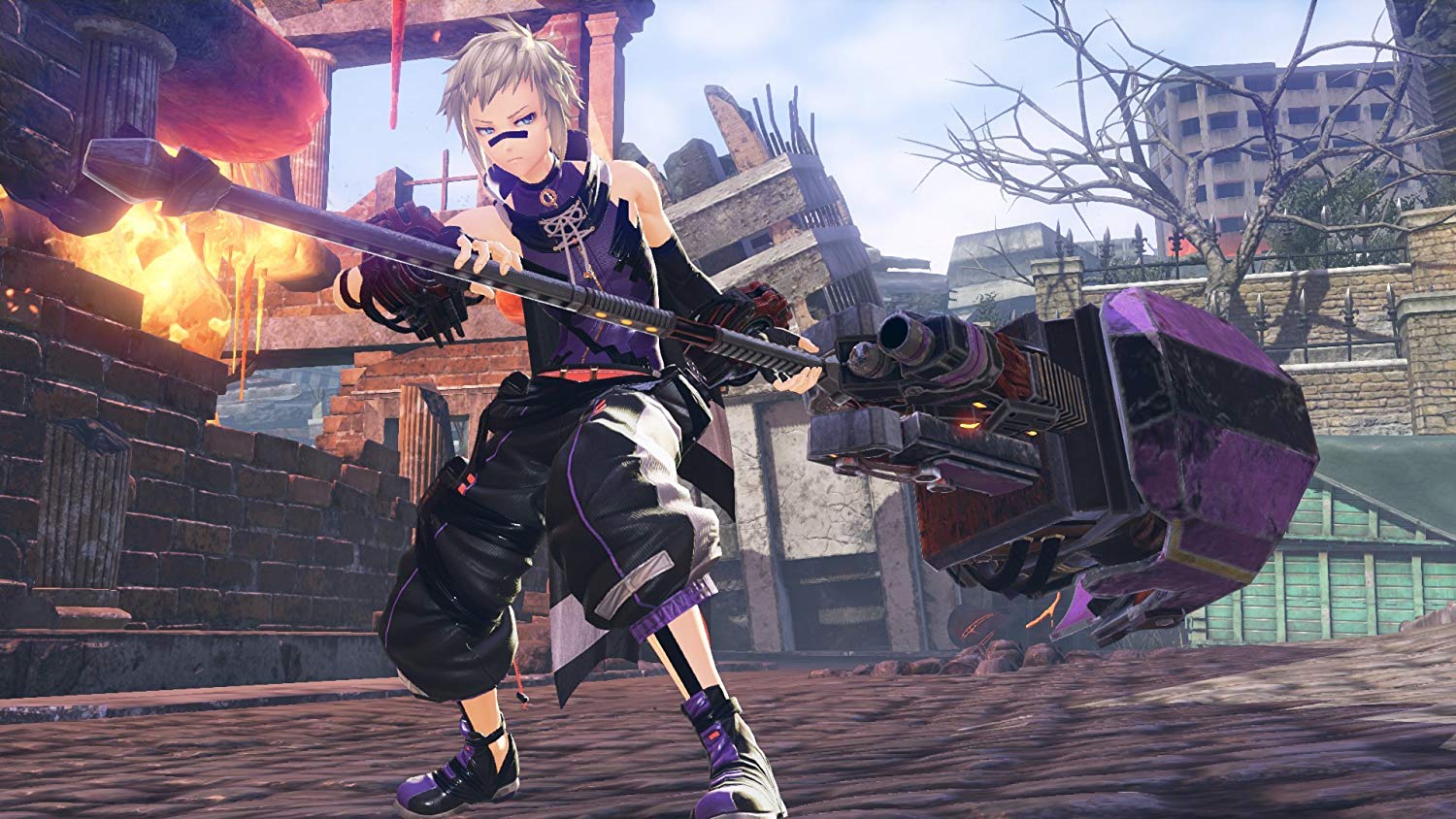
-
God Eater 3 Review 2019 #15
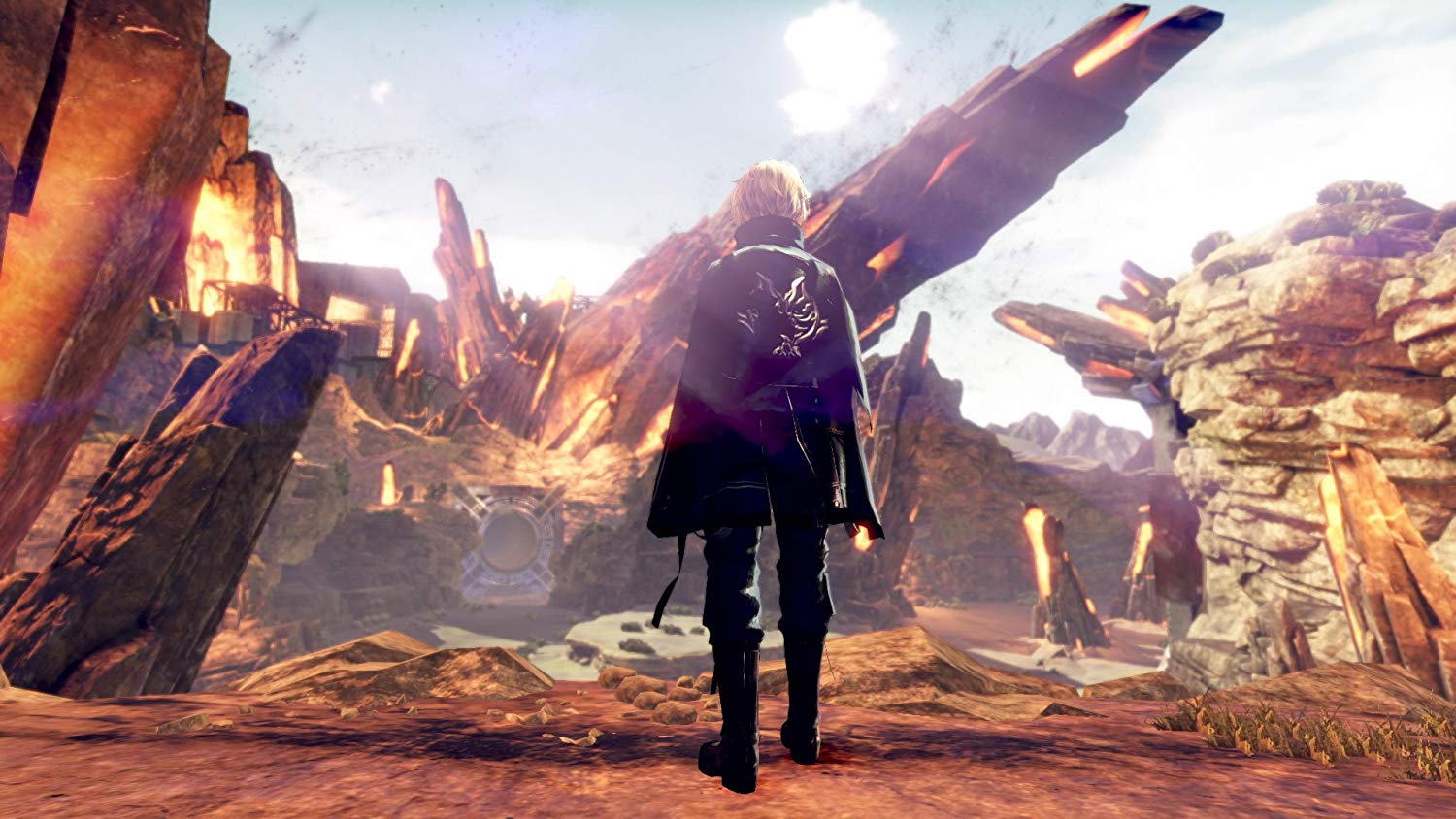
-
God Eater 3 Review 2019 #16

-
God Eater 3 Review 2019 #17
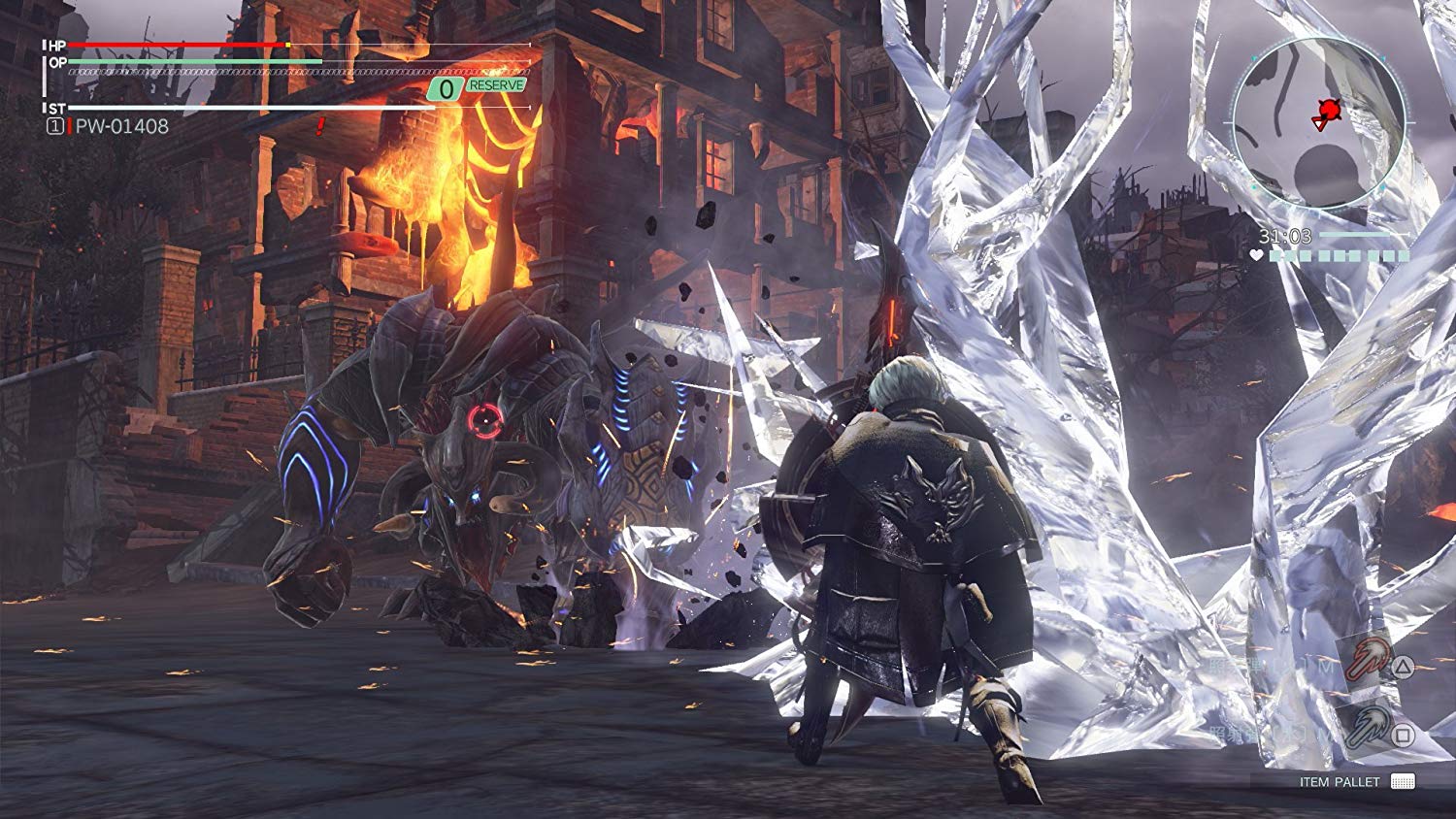
-
God Eater 3 Review 2019 #18
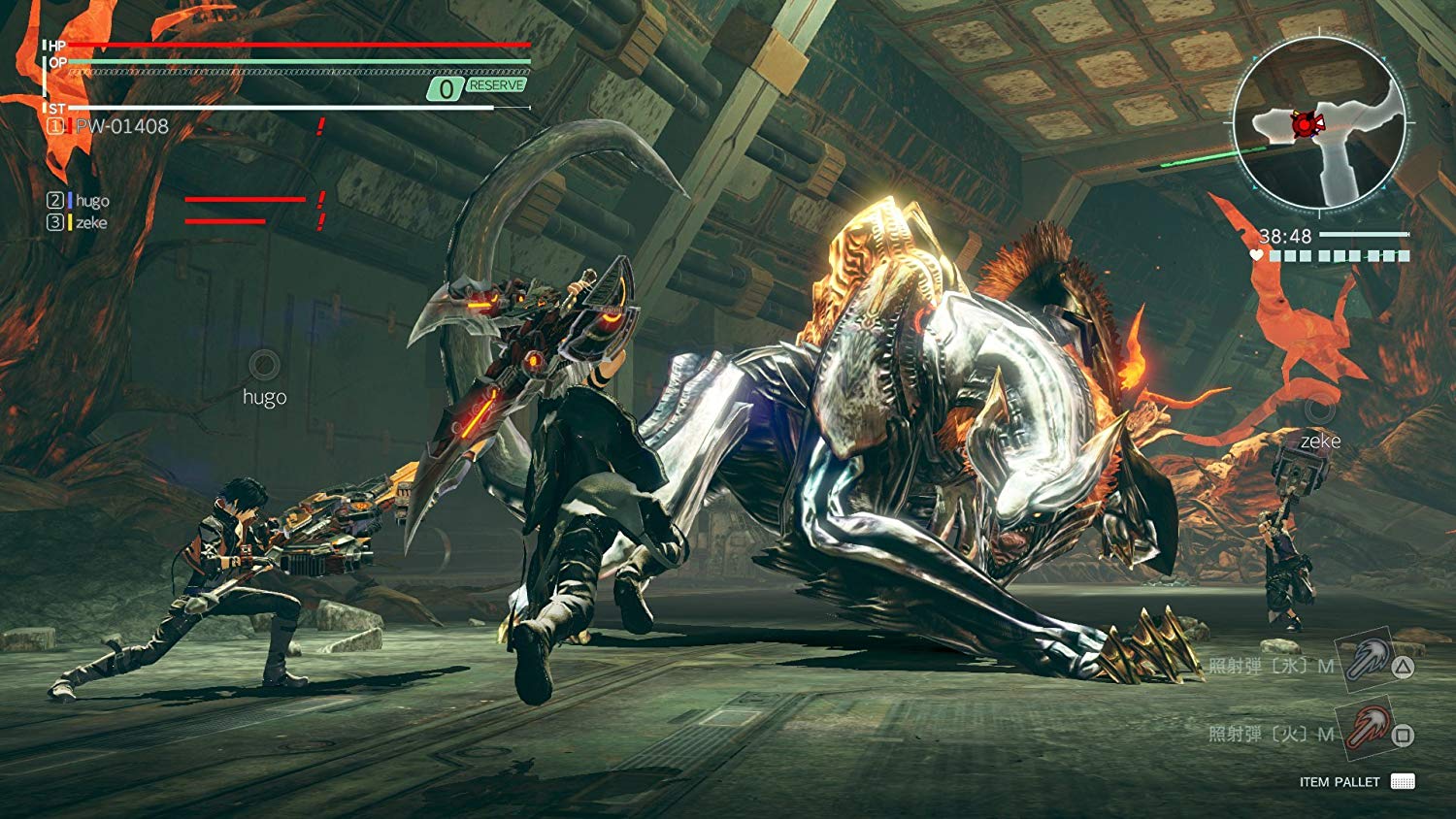
-
God Eater 3 Review 2019 #19

-
God Eater 3 Review 2019 #20
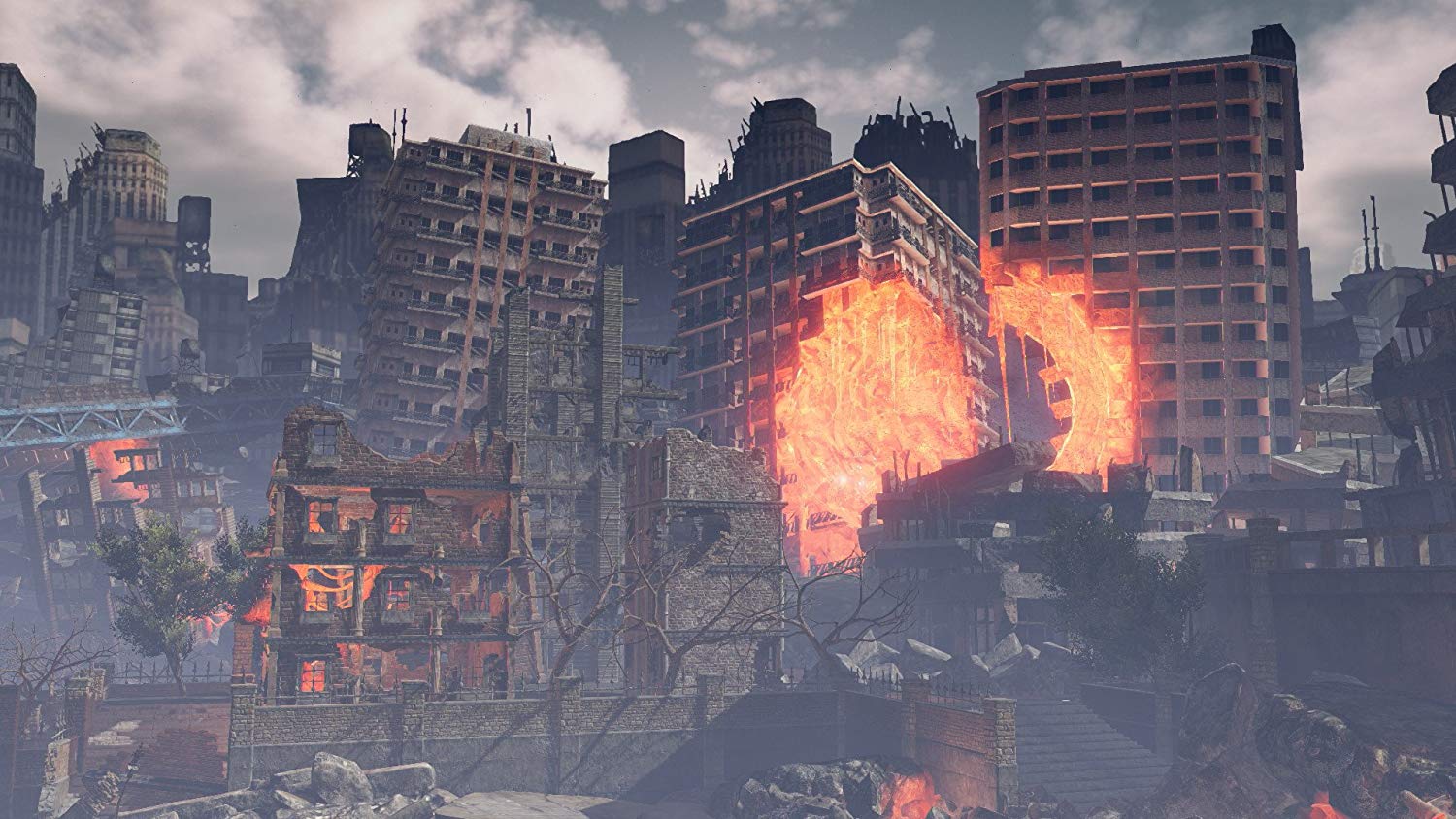
-
God Eater 3 Review 2019 #21
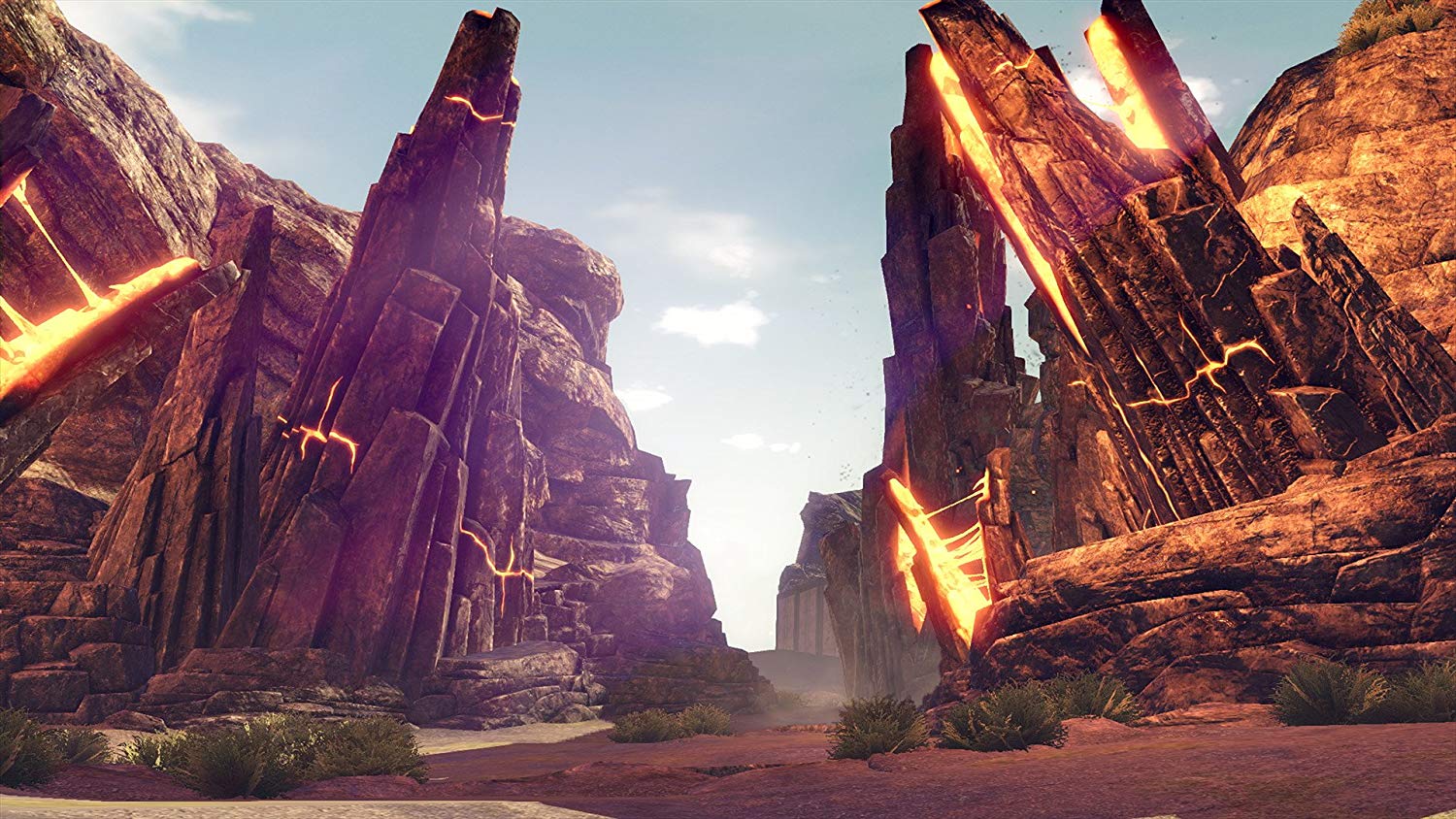
-
God Eater 3 Review 2019 #22
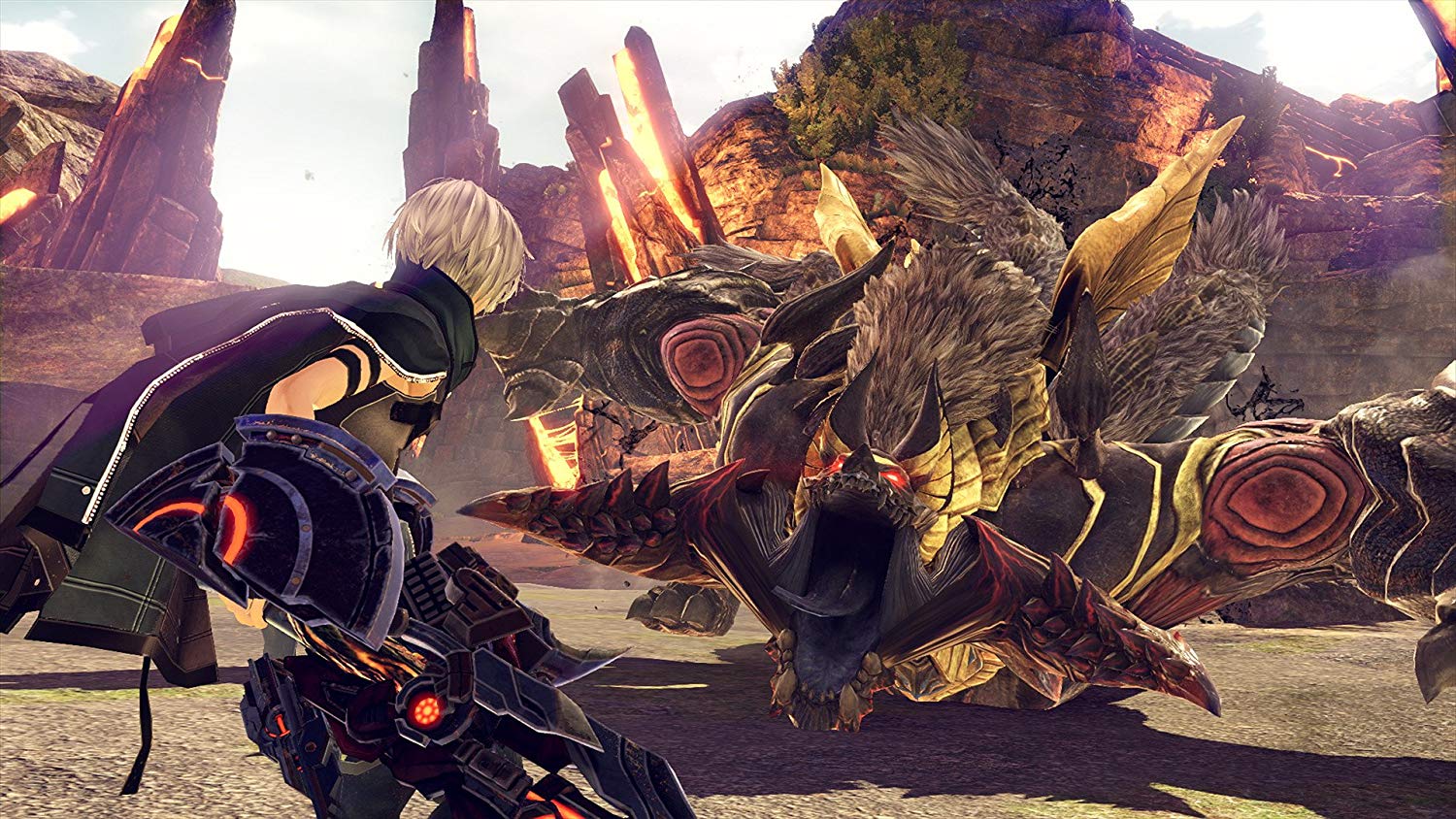
-
God Eater 3 Review 2019 #23
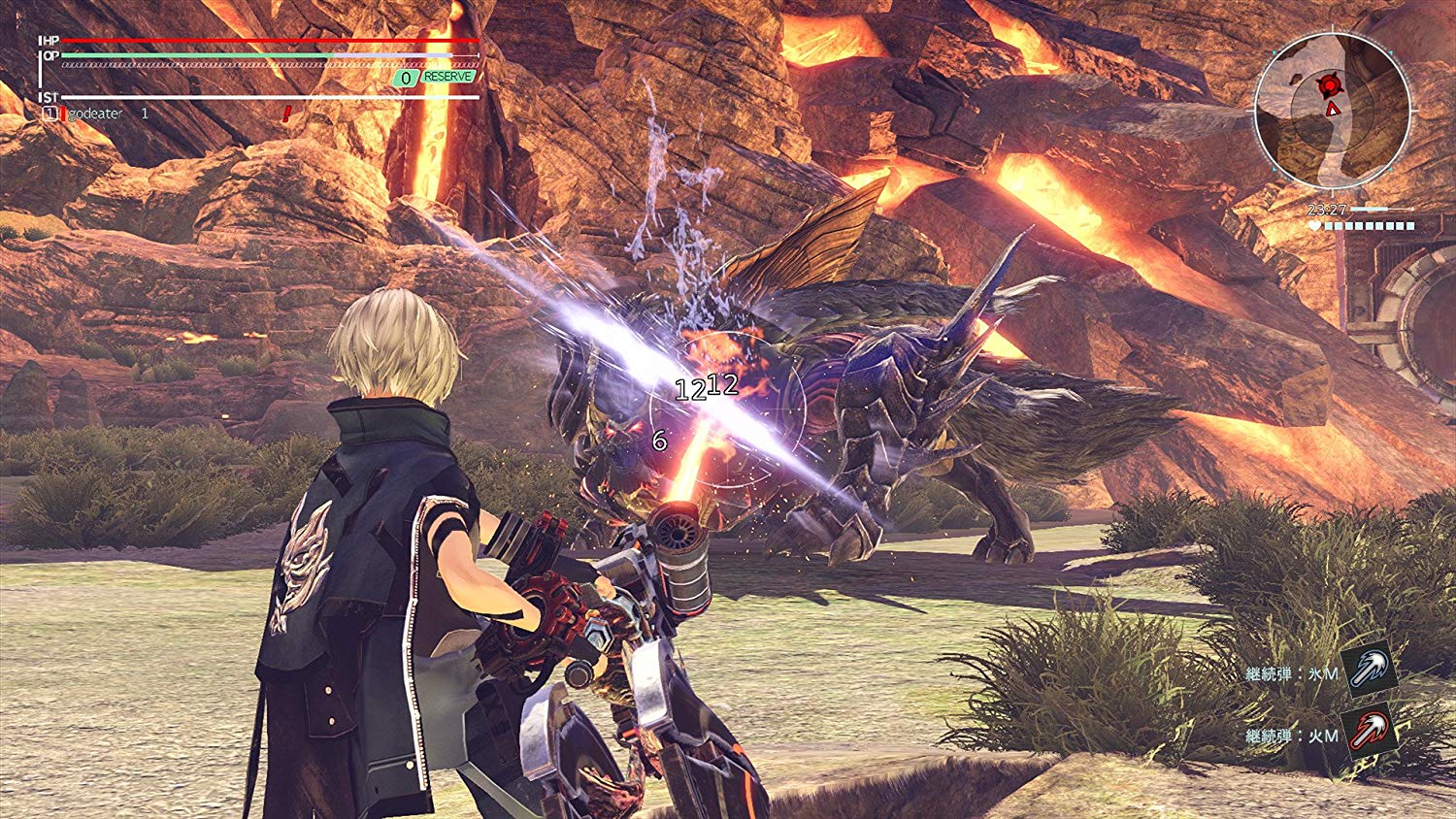
-
God Eater 3 Review 2019 #24
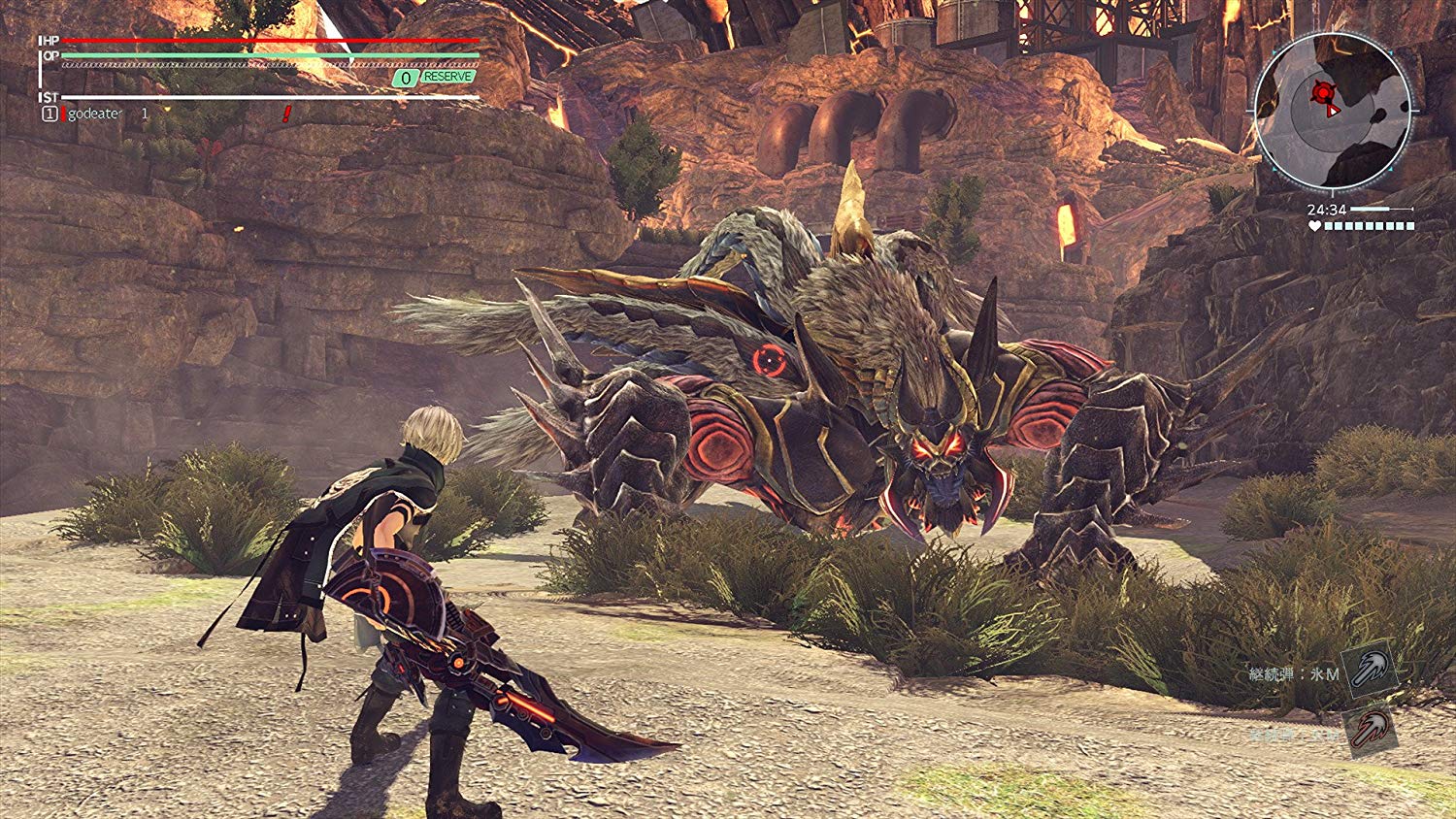
-
God Eater 3 Review 2019 #25
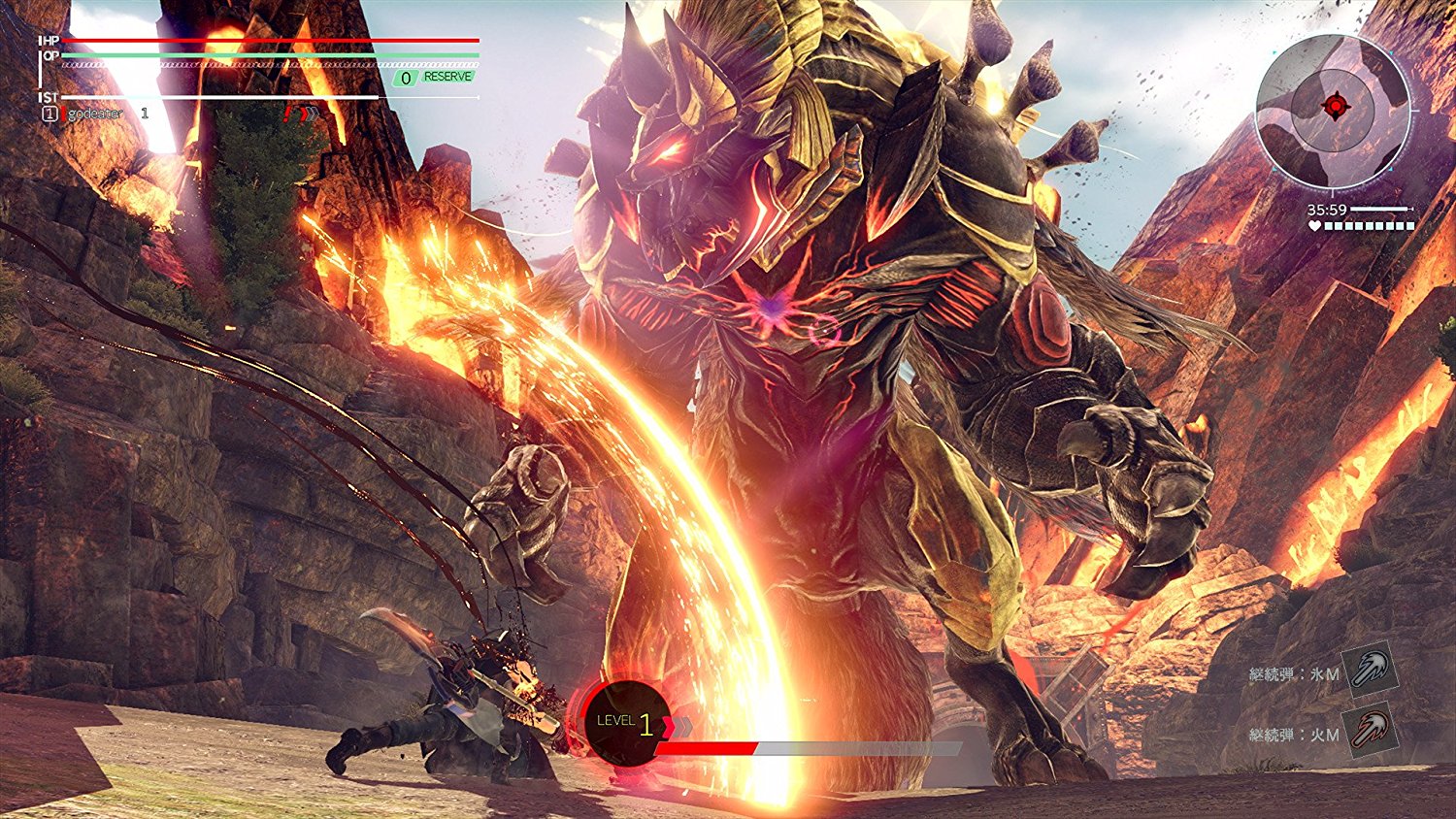
-
God Eater 3 Review 2019 #26
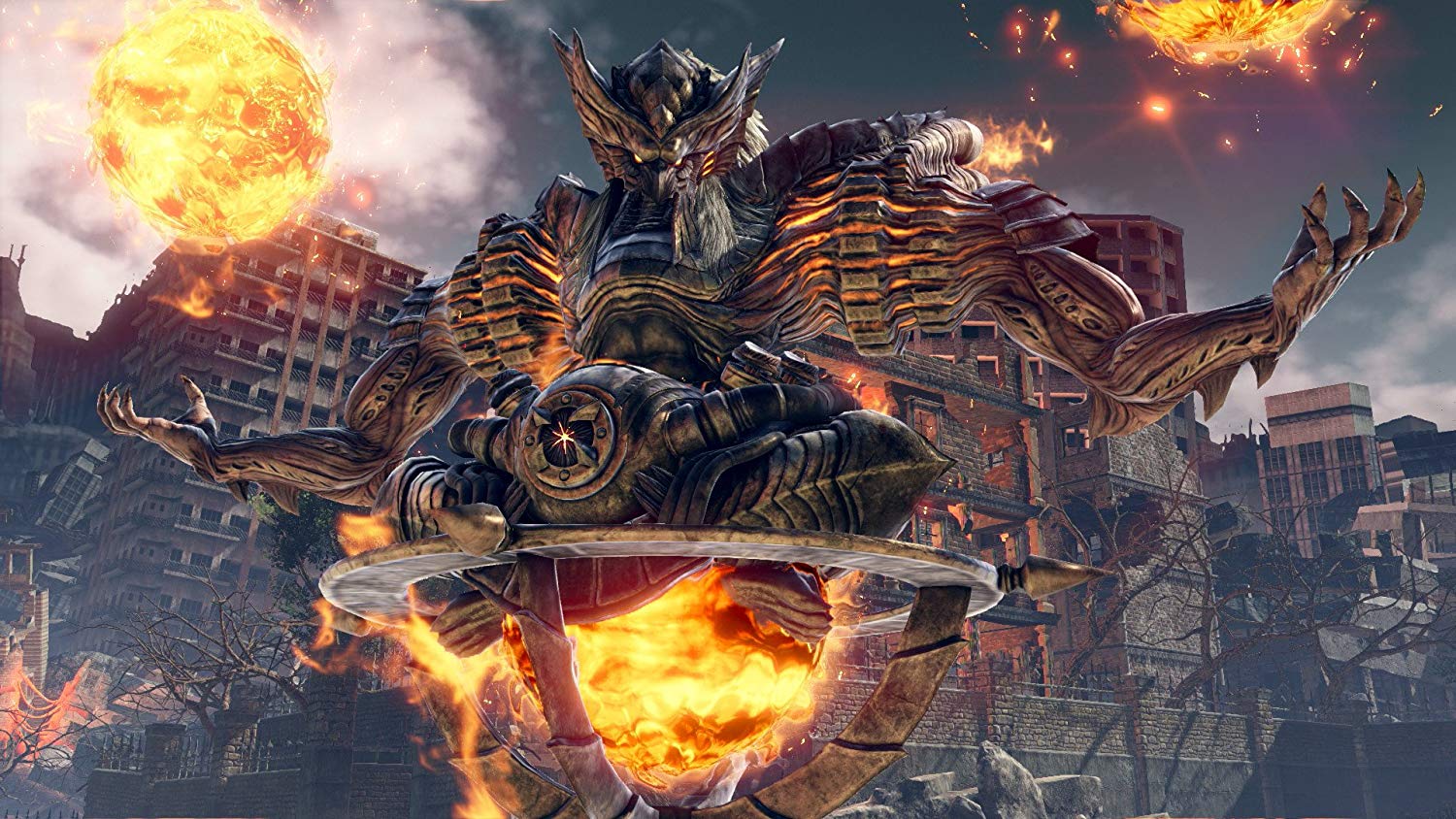
-
God Eater 3 Review 2019 #27
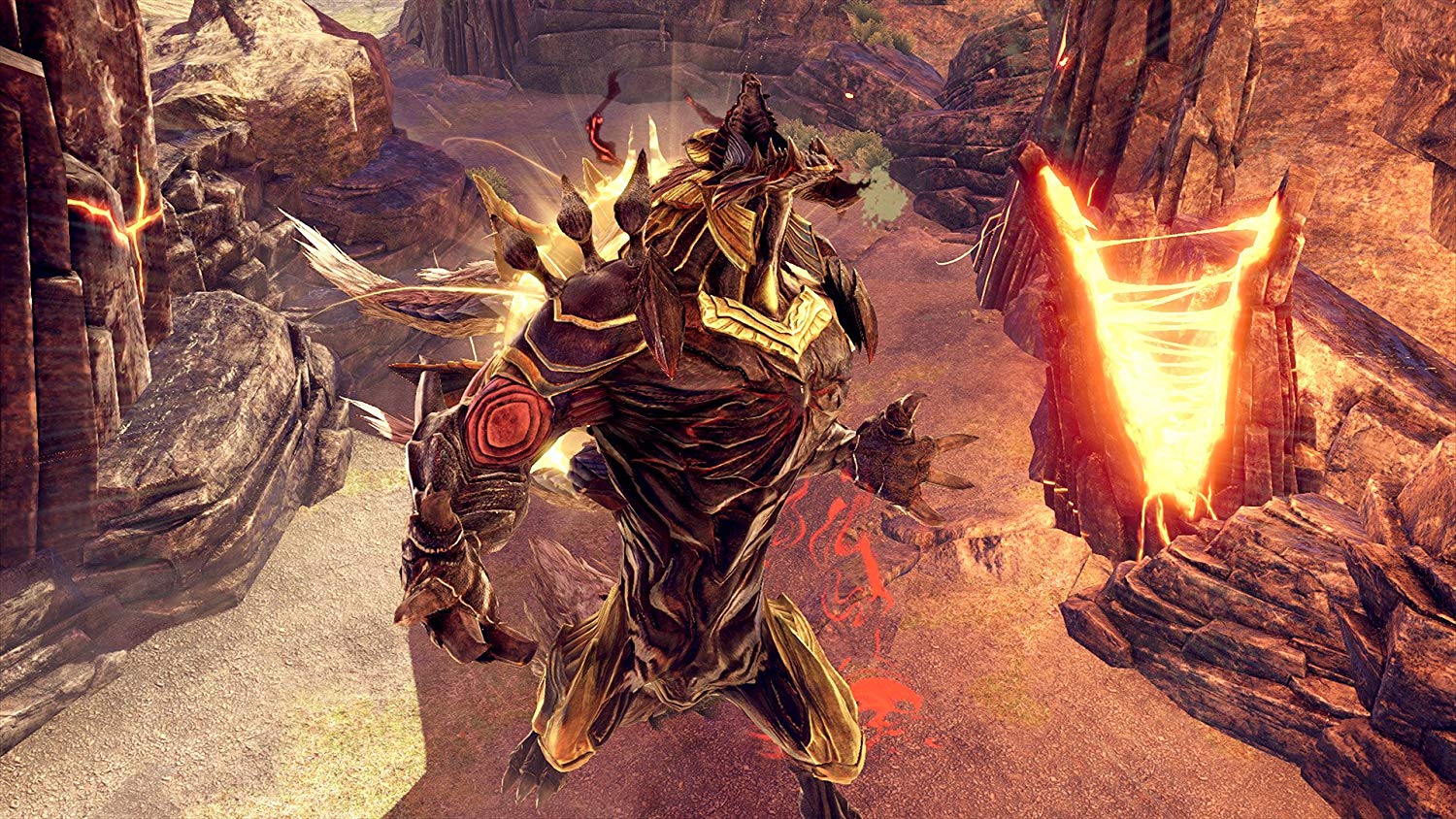
-
God Eater 3 Review 2019 #28
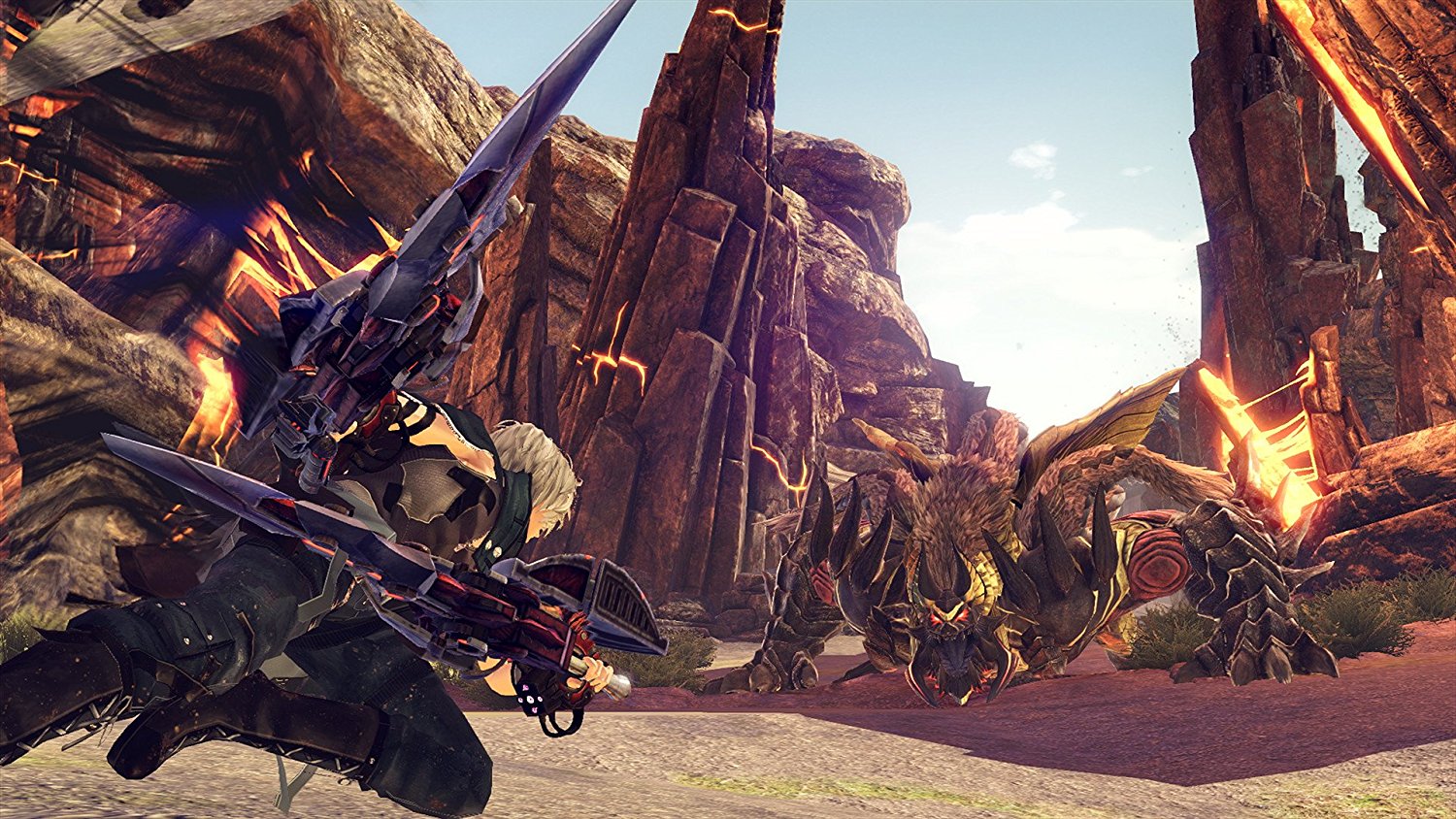
-
God Eater 3 Review 2019 #29
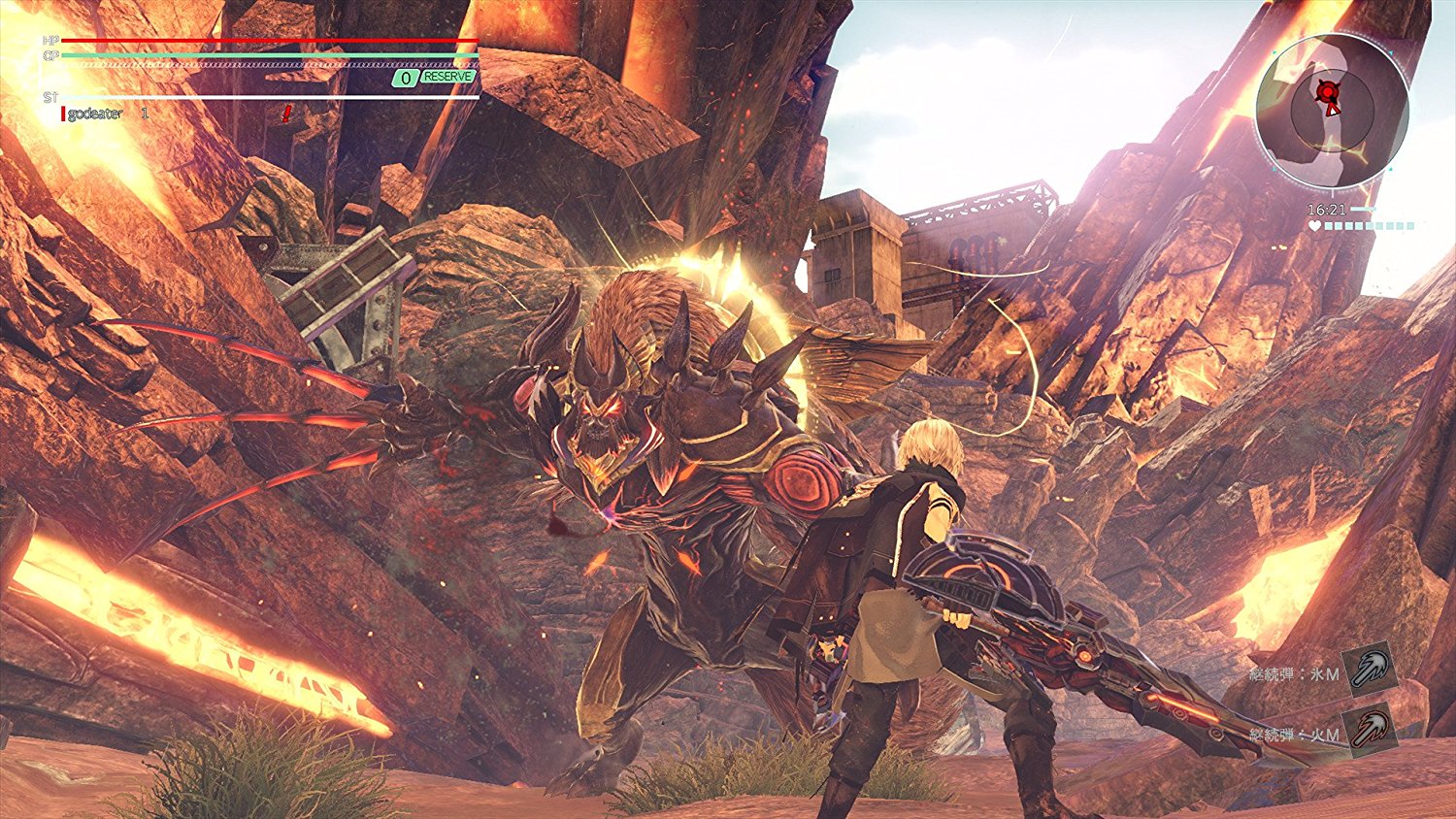
-
God Eater 3 Review 2019 #30
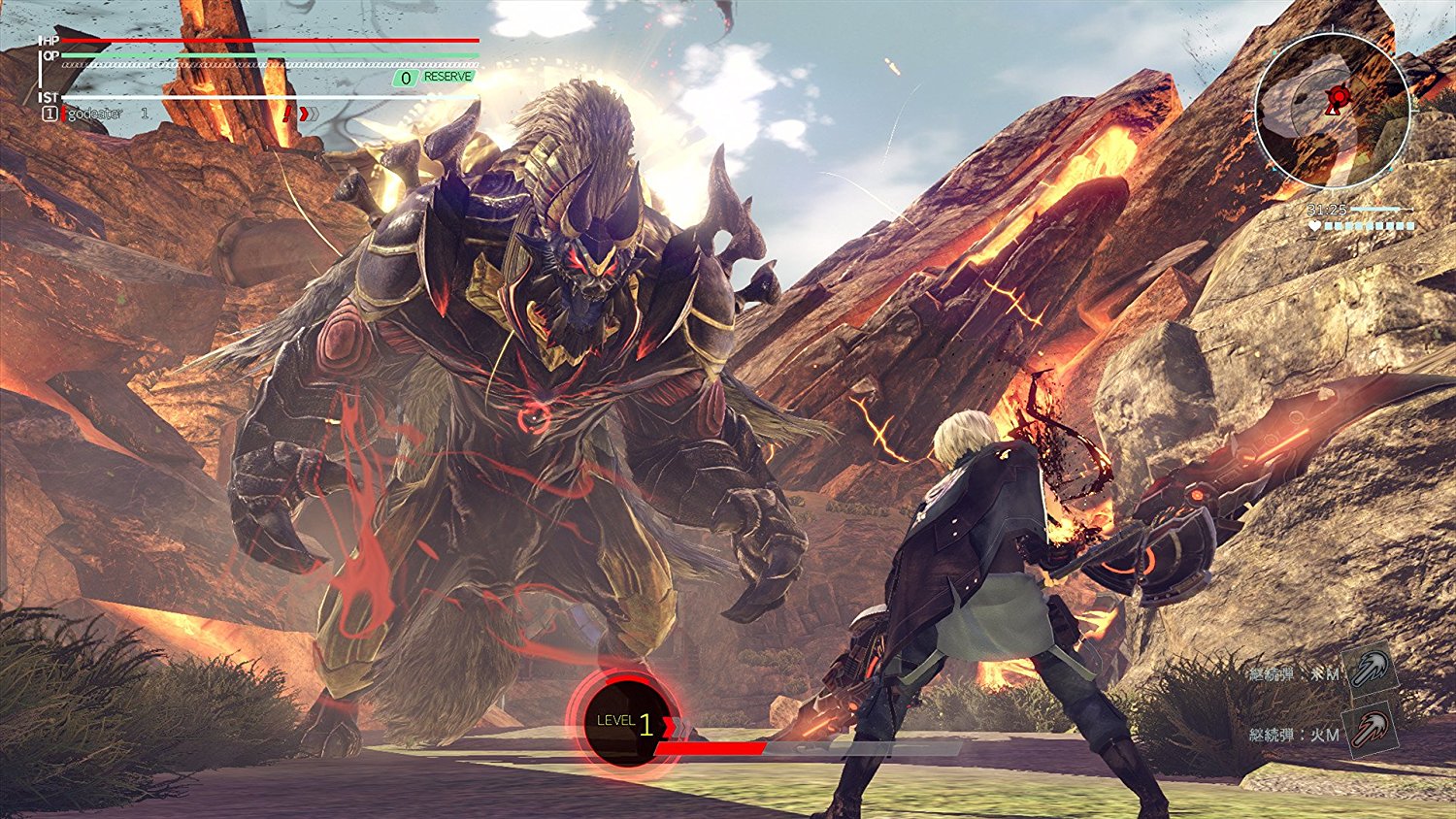
-
God Eater 3 Review 2019 #31
